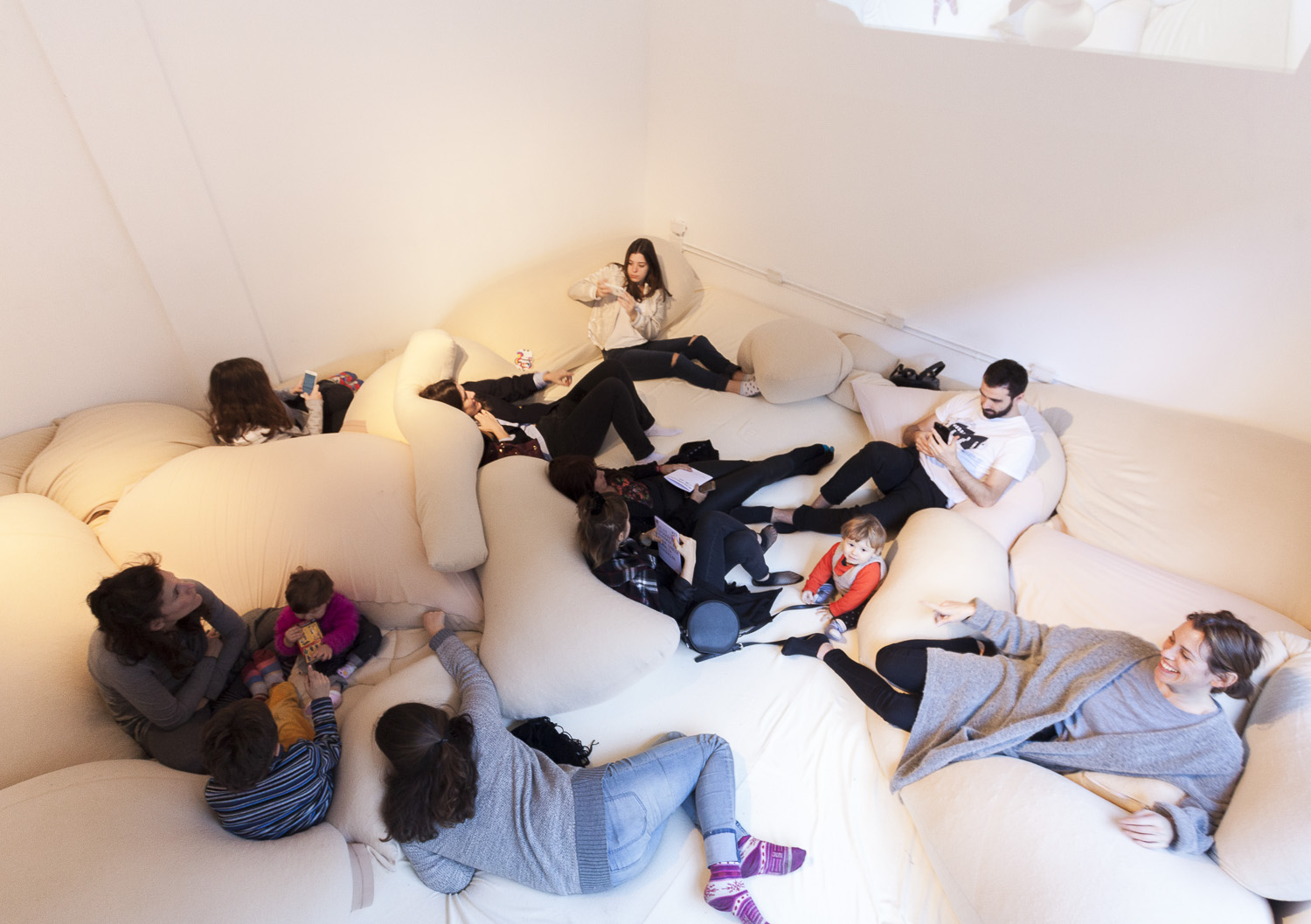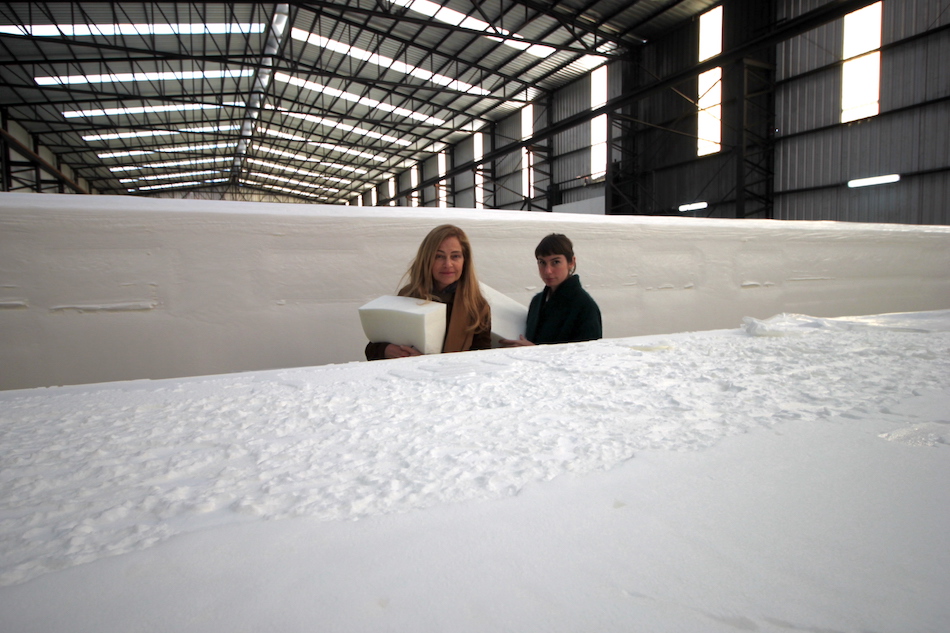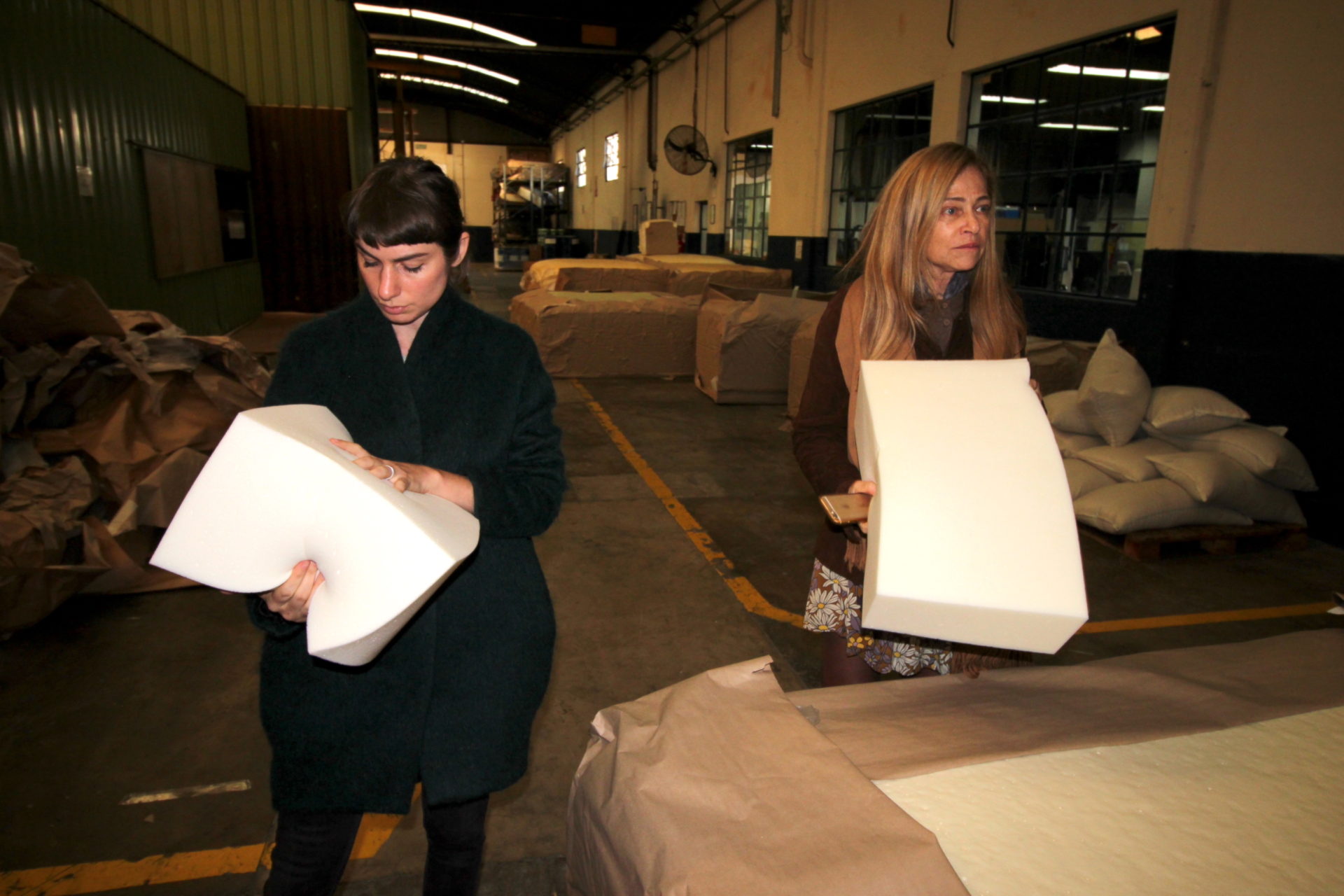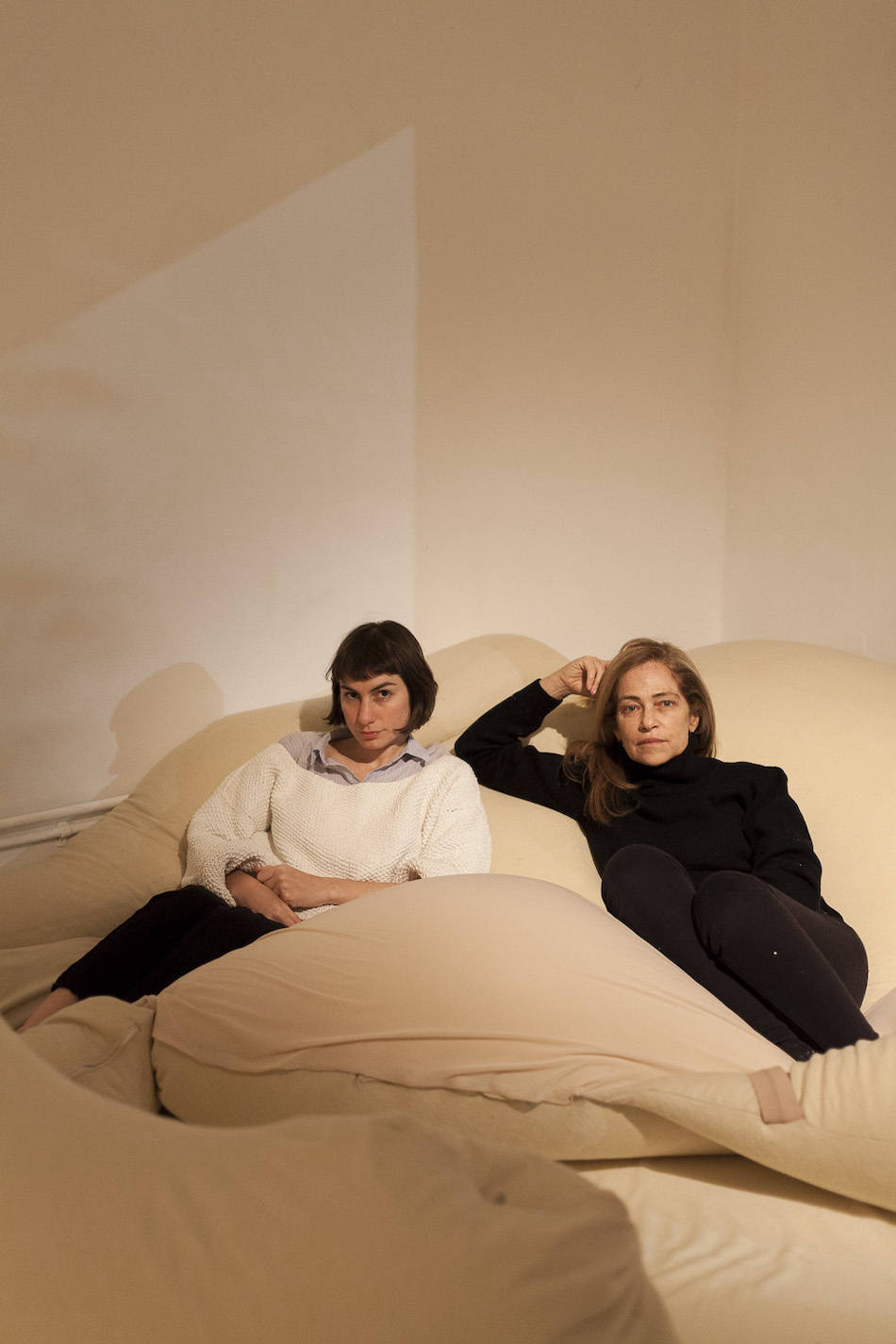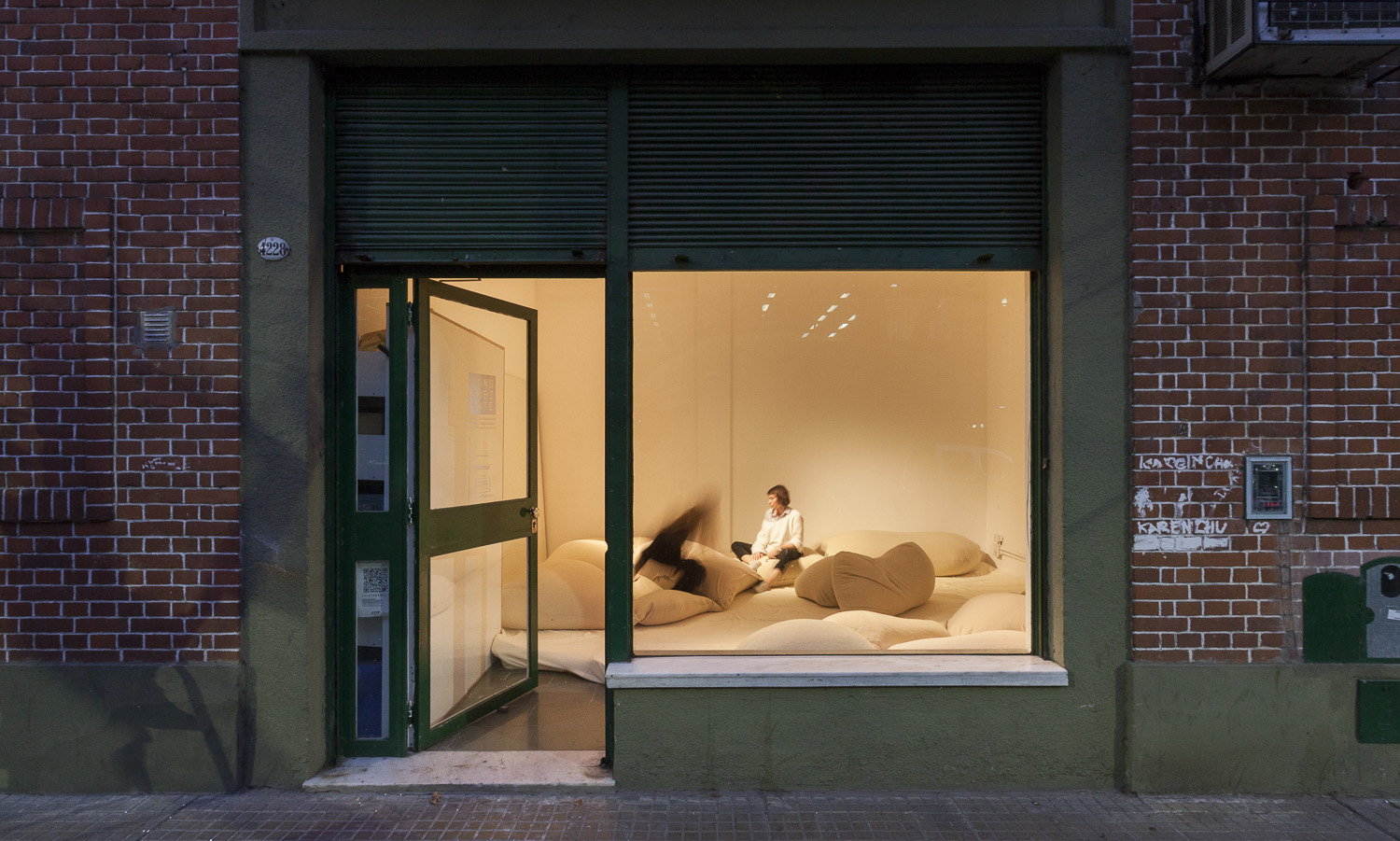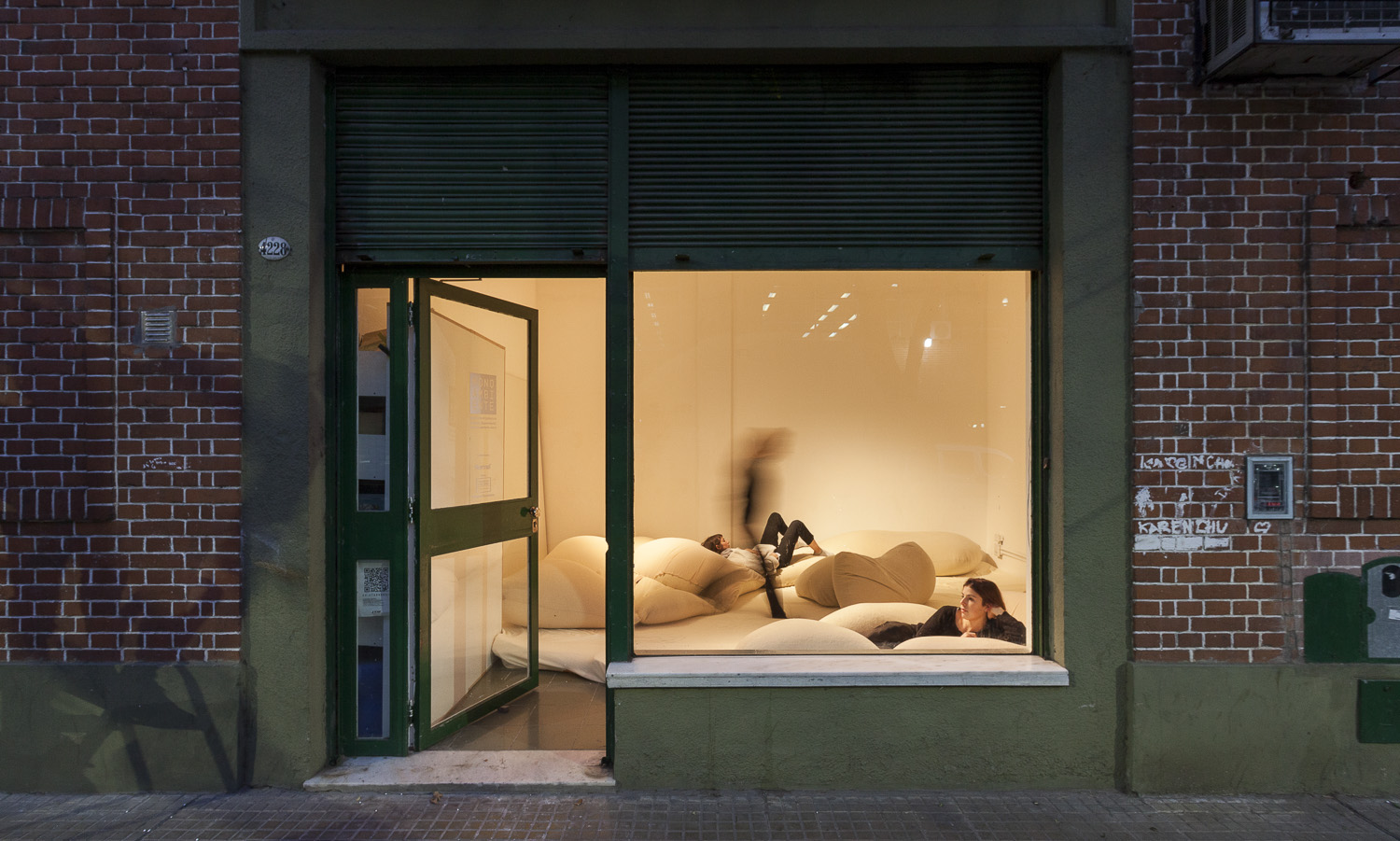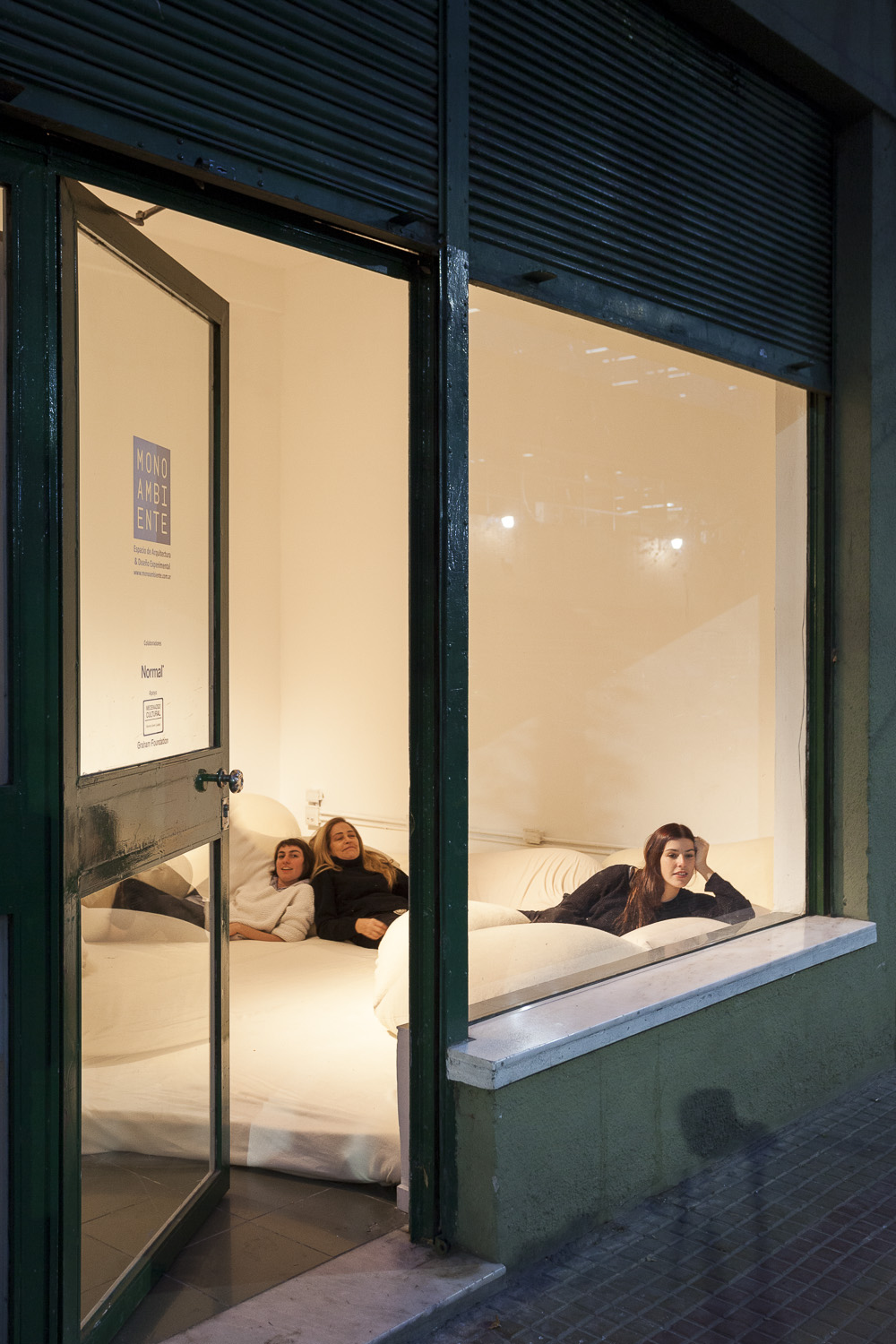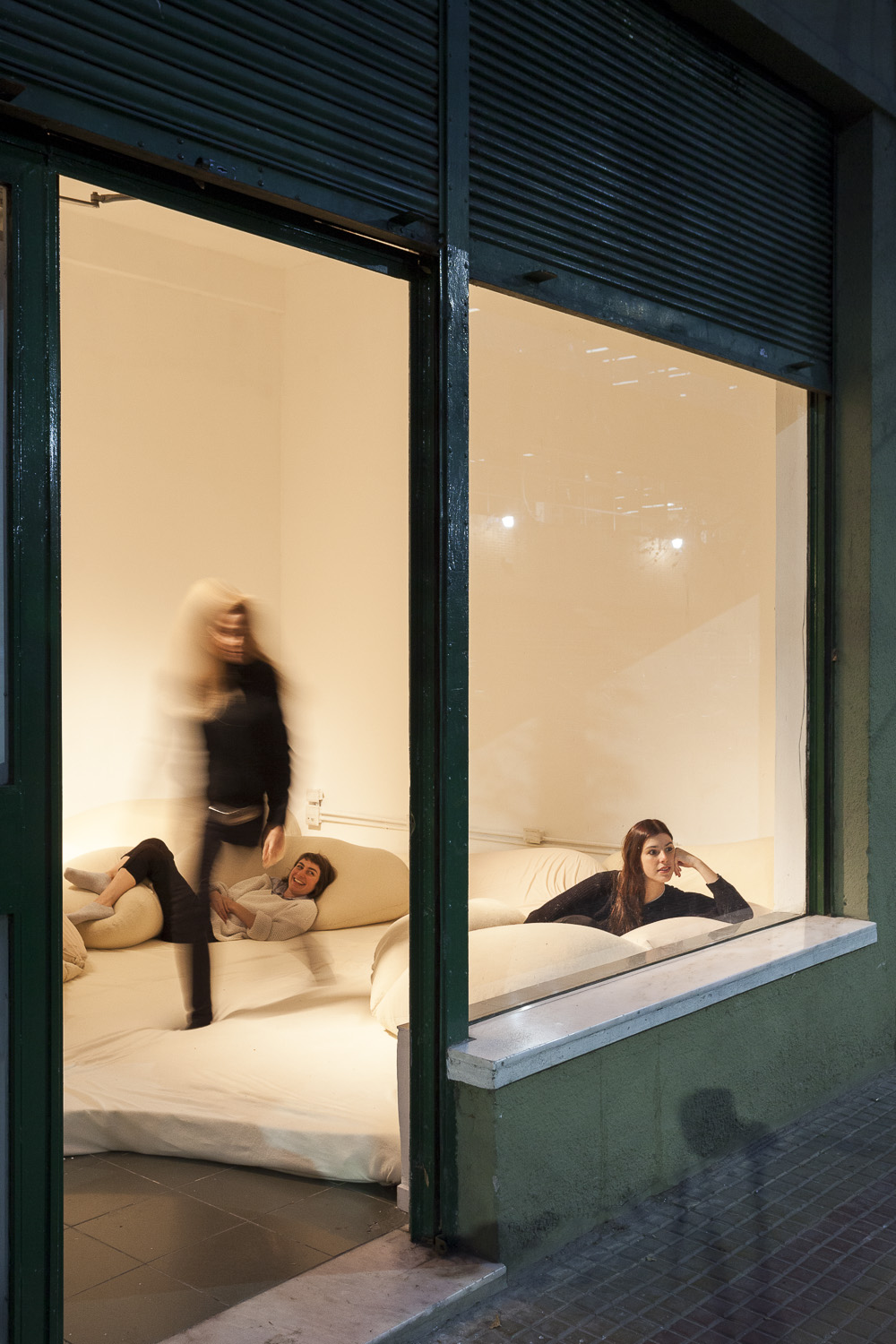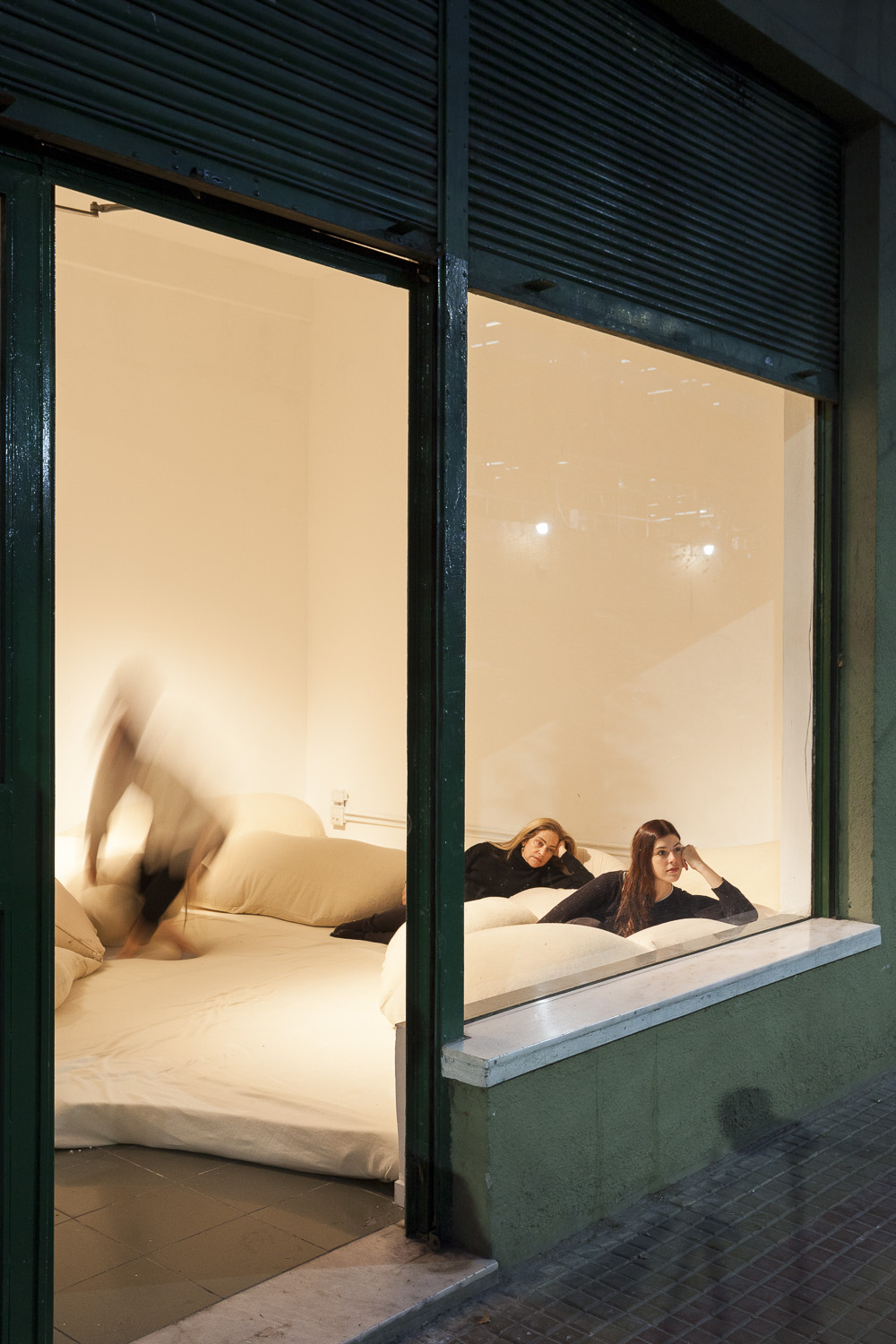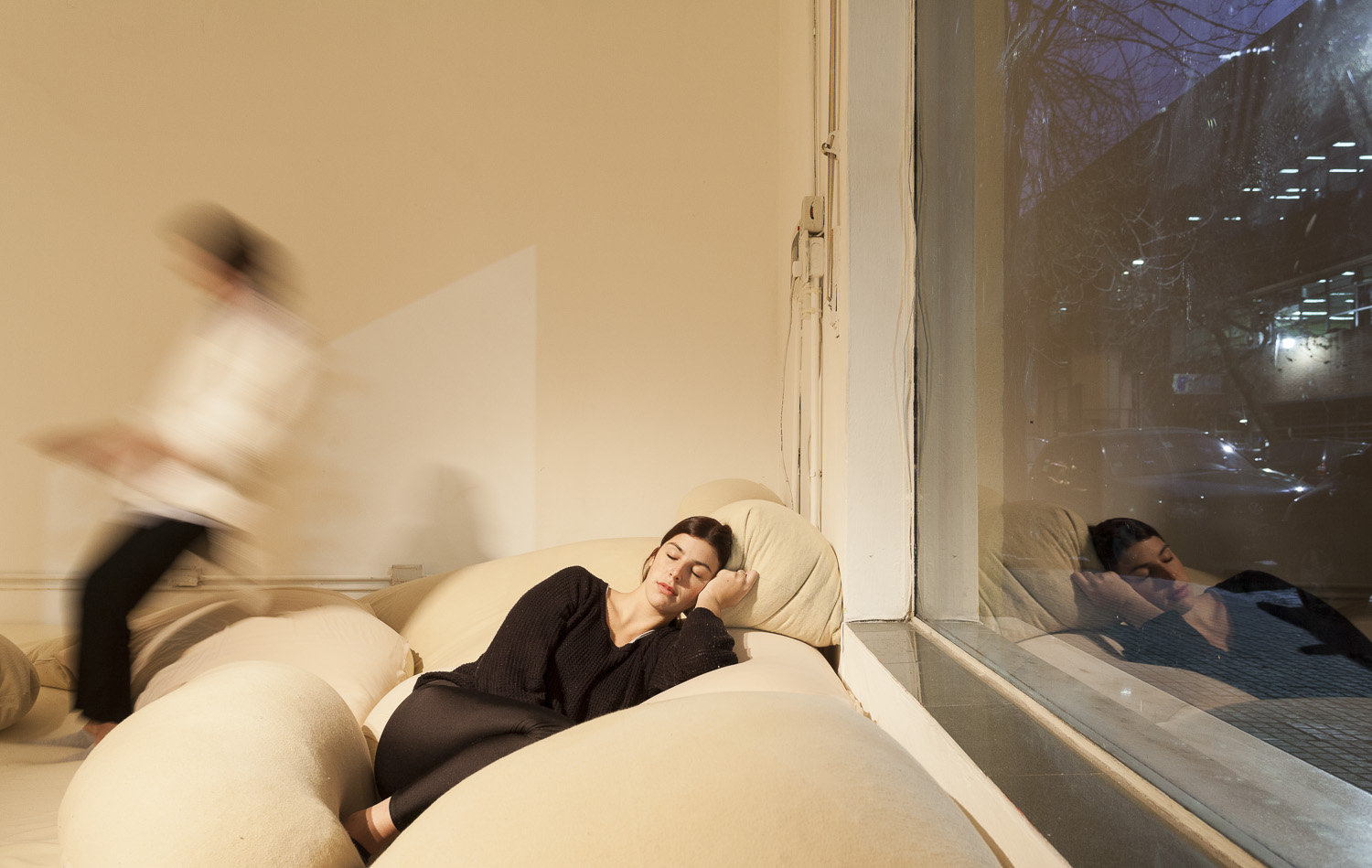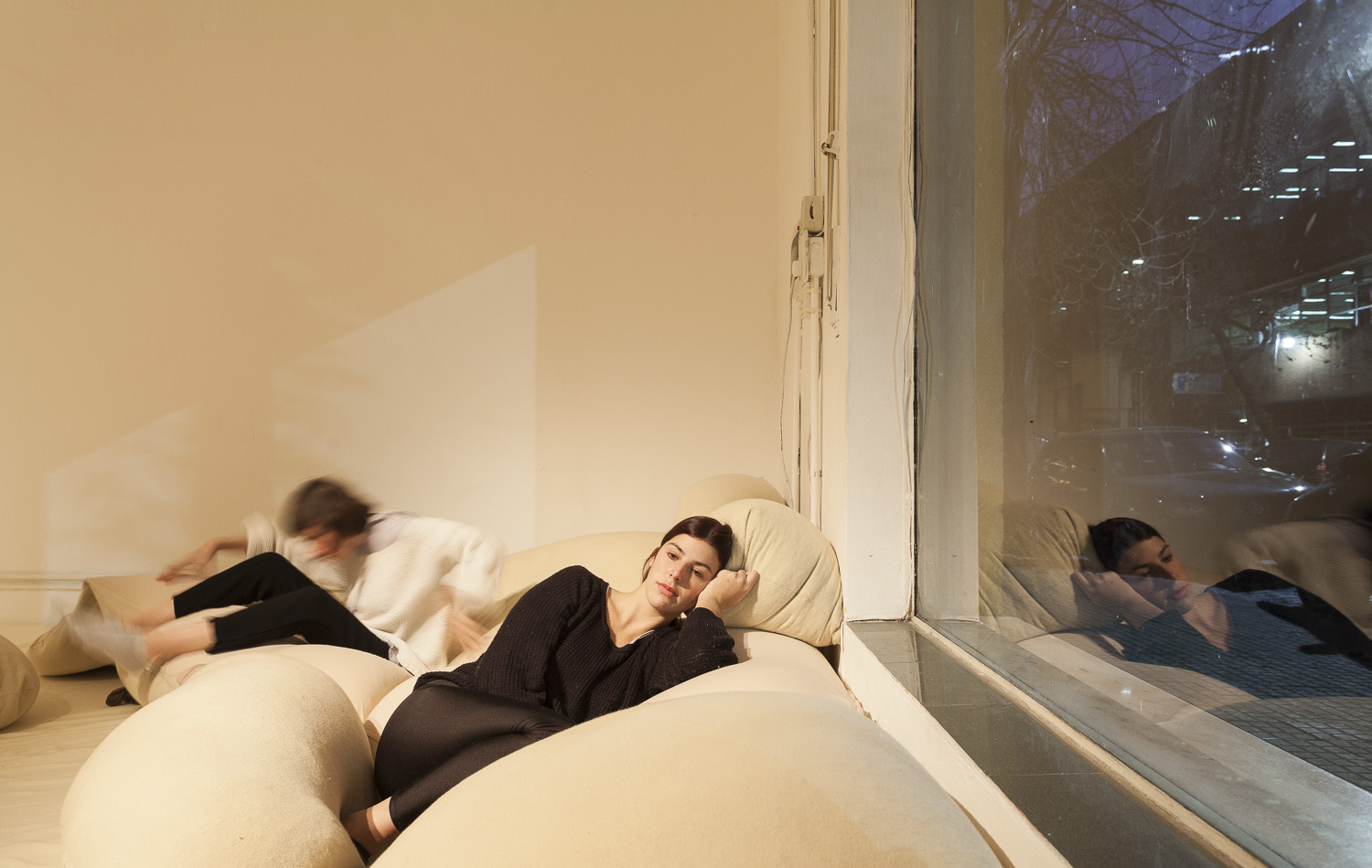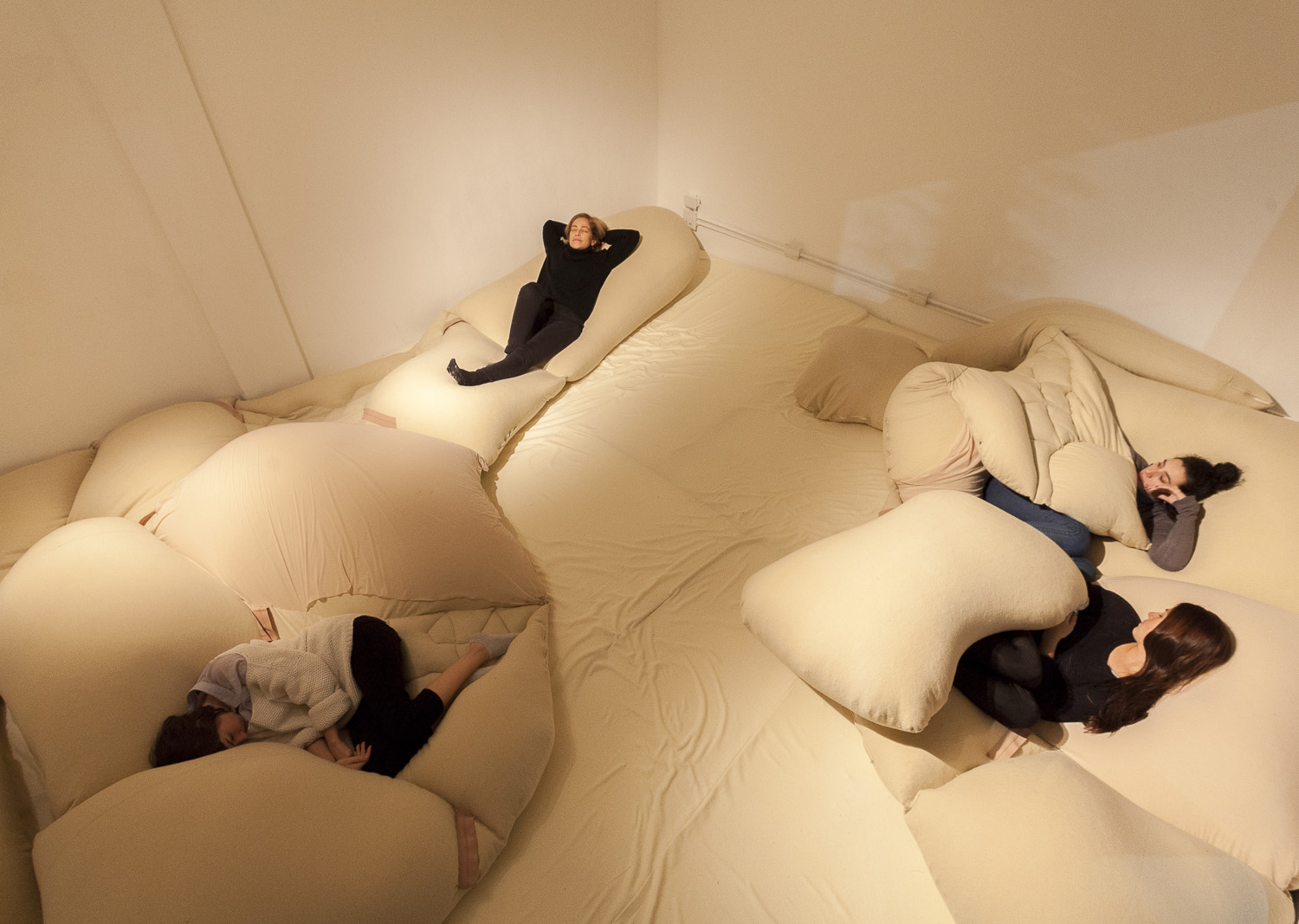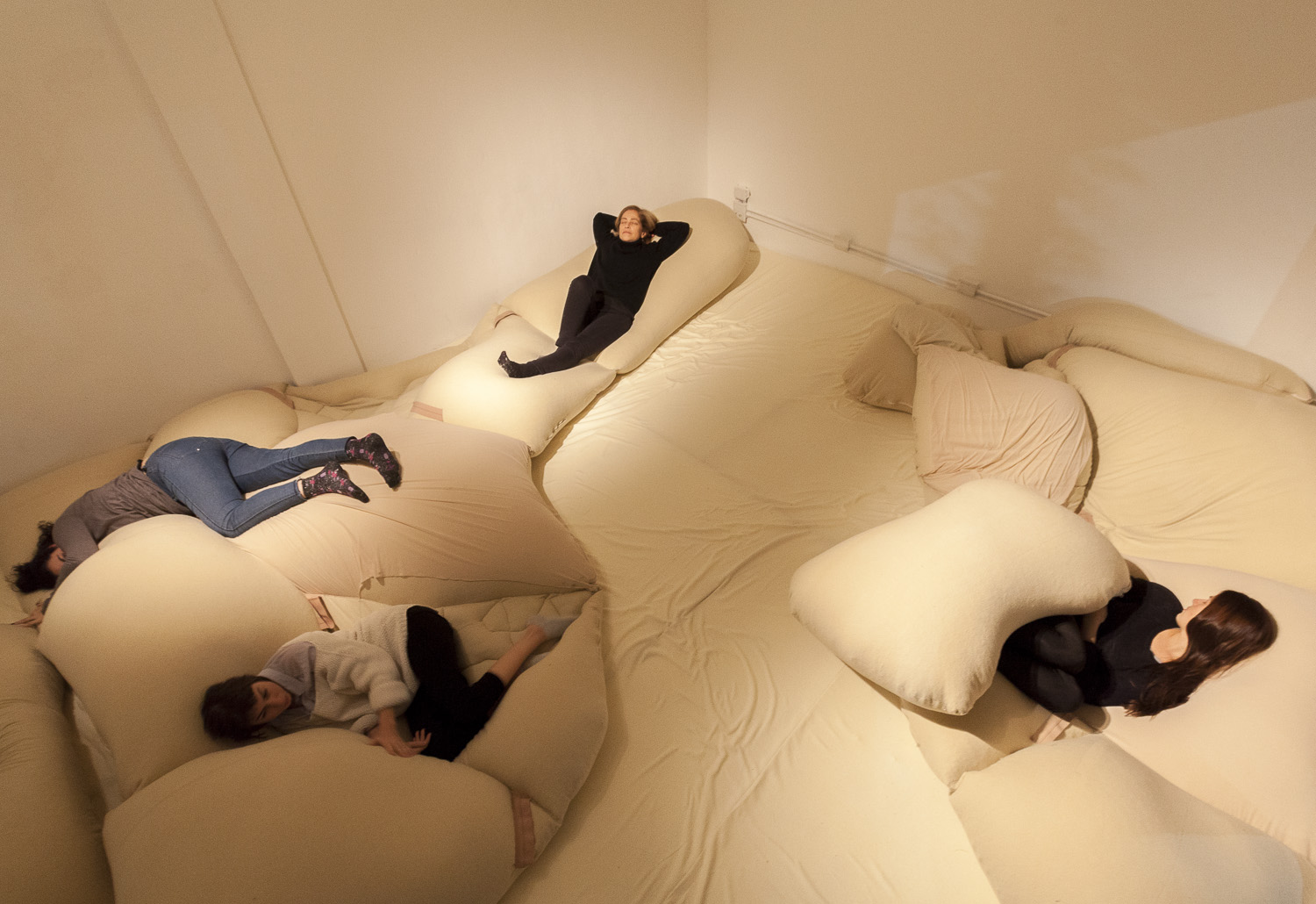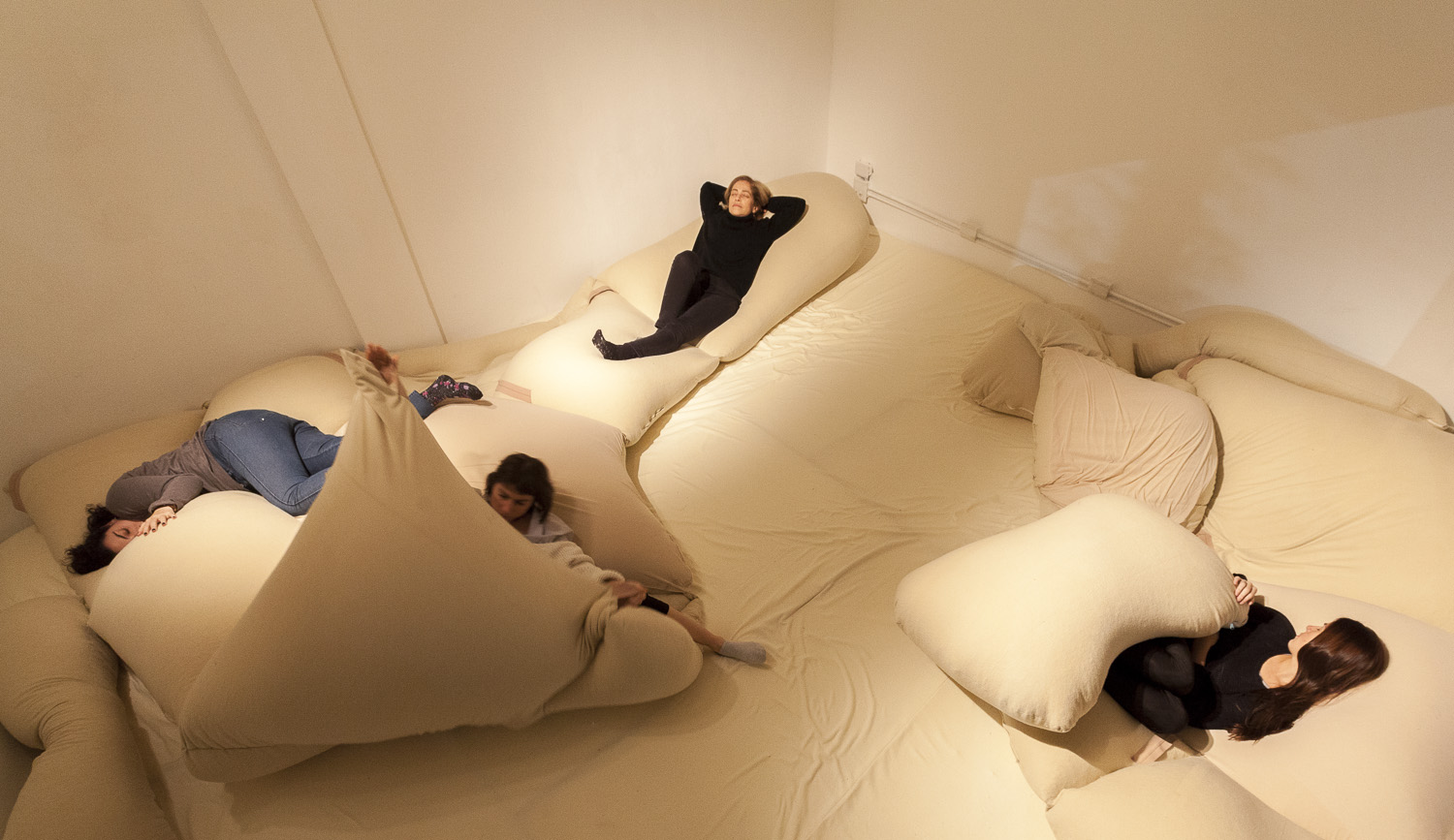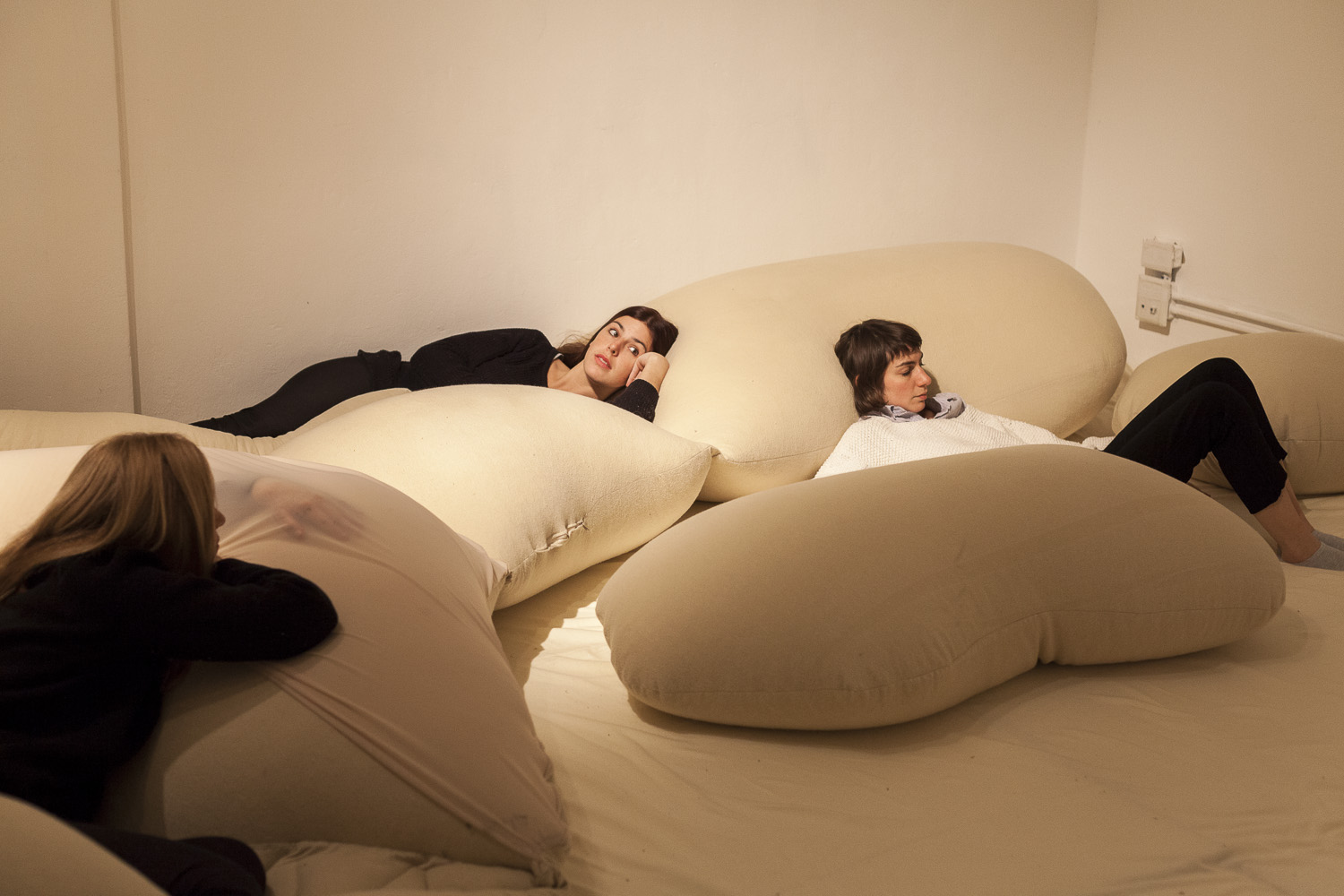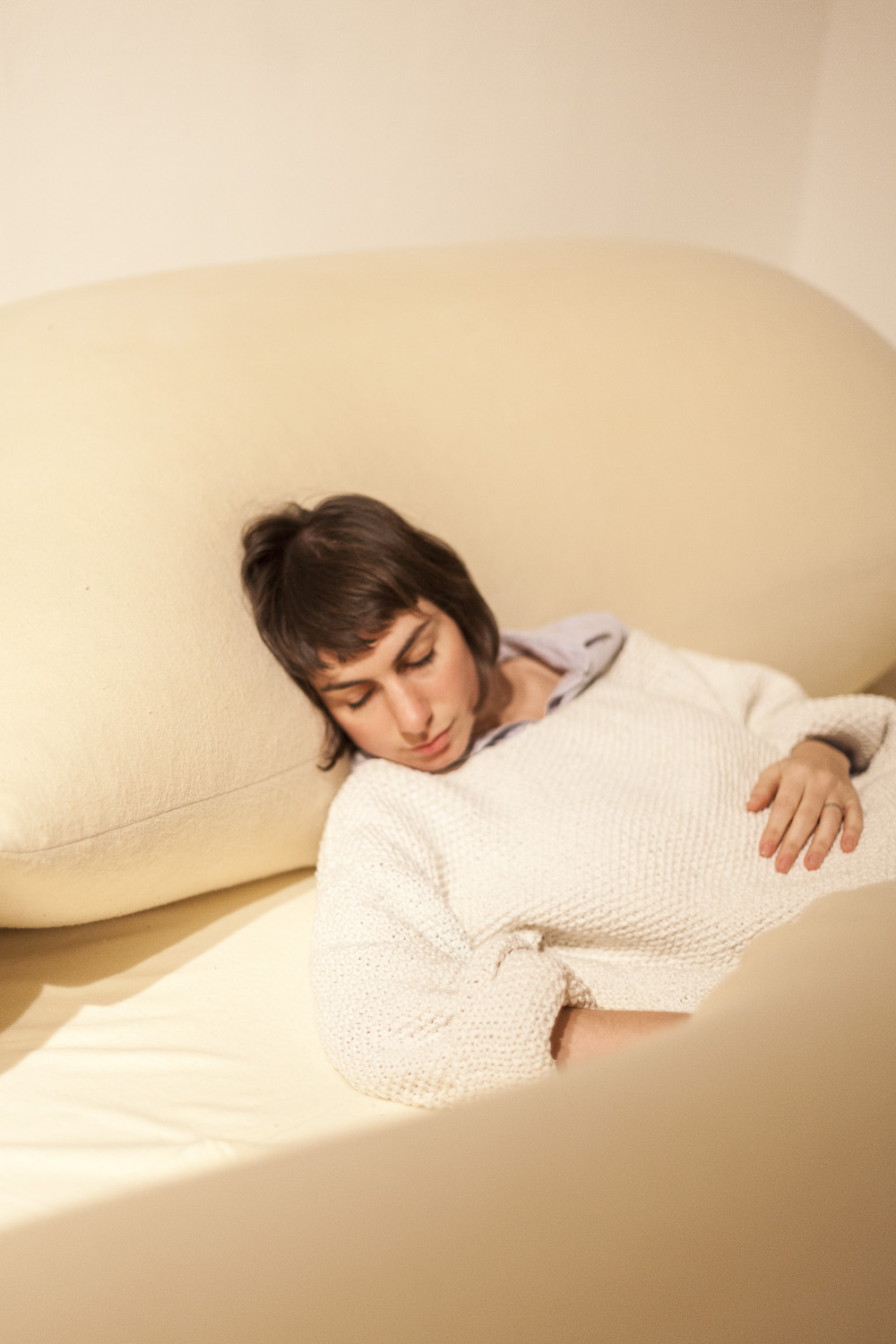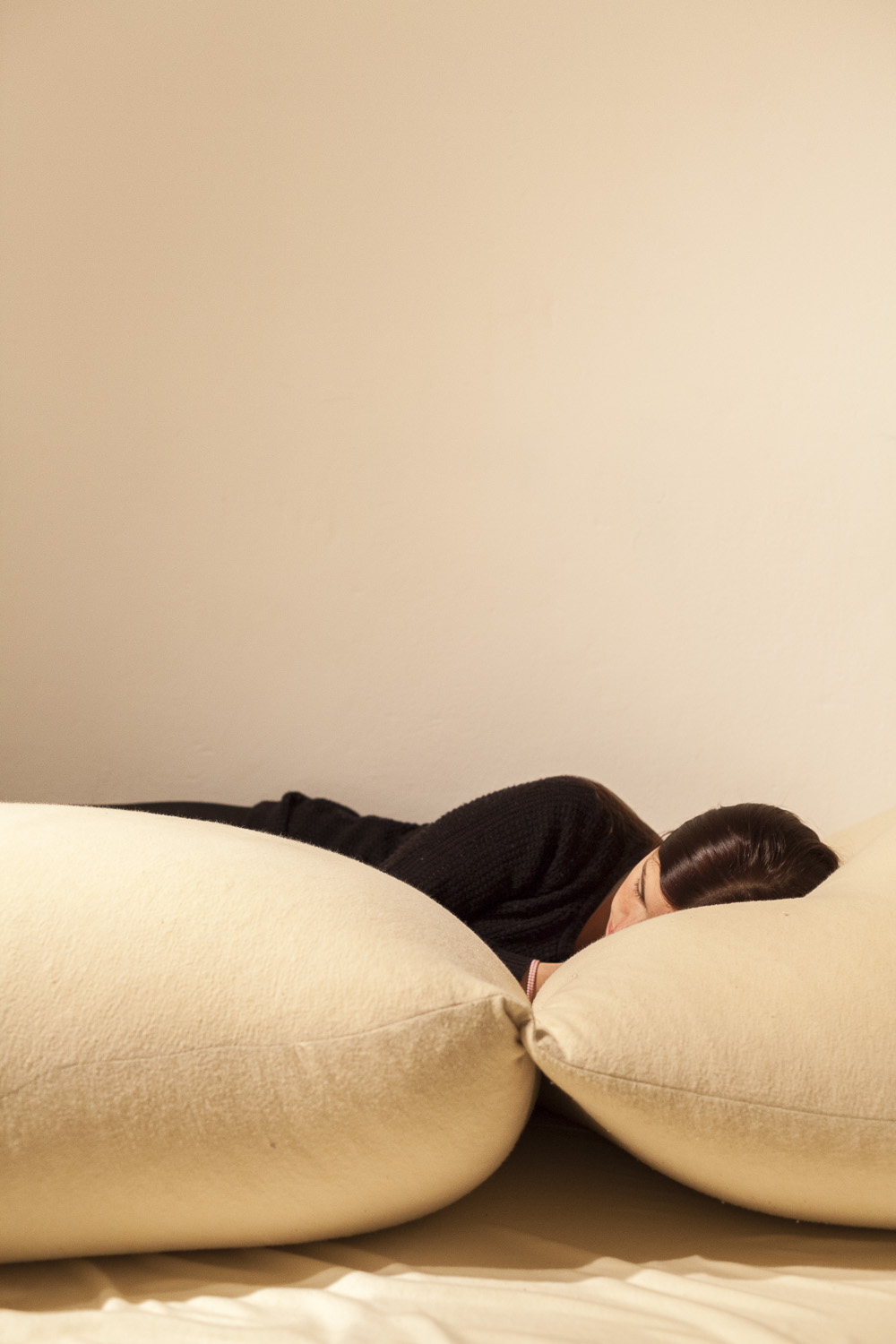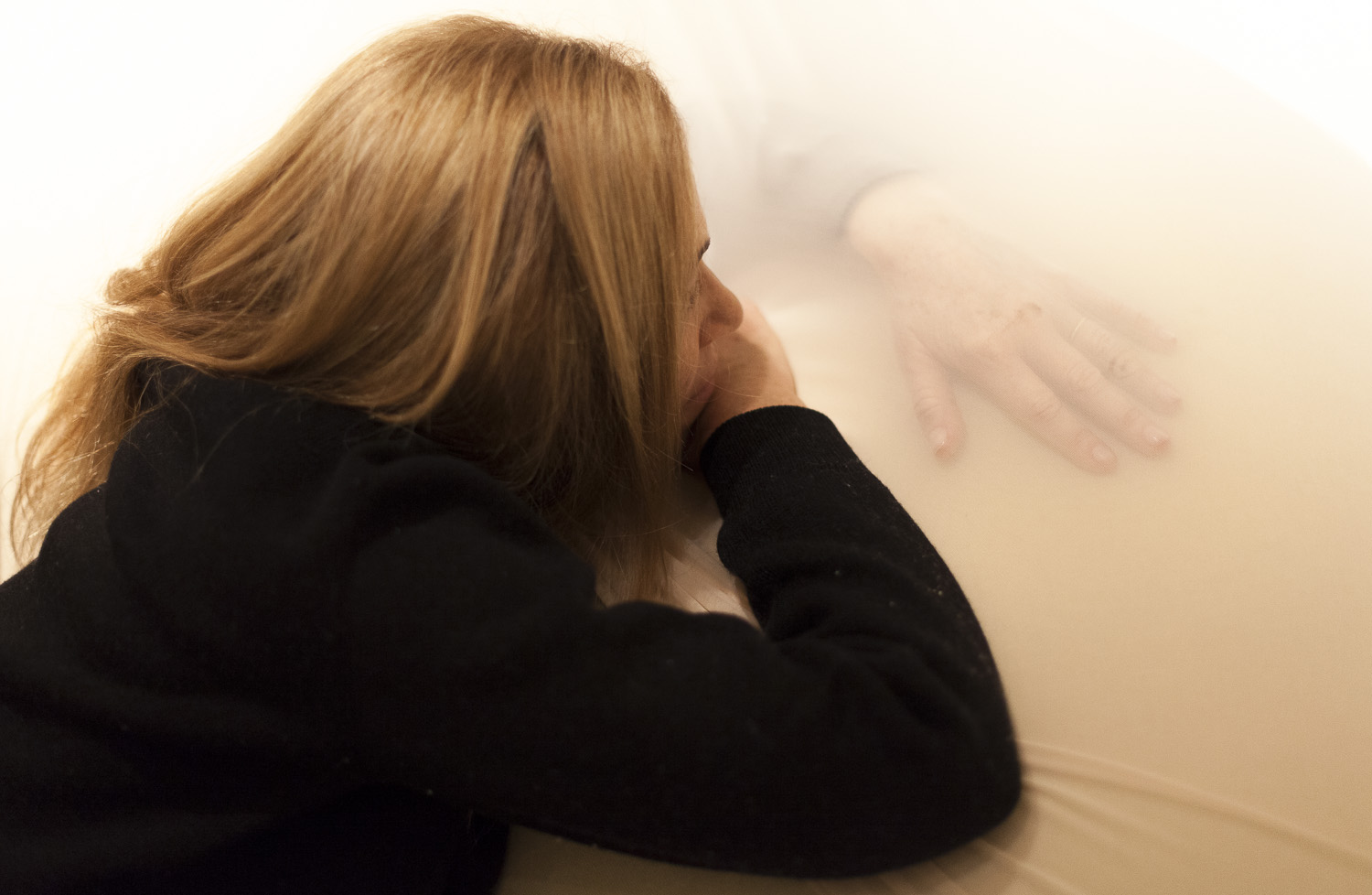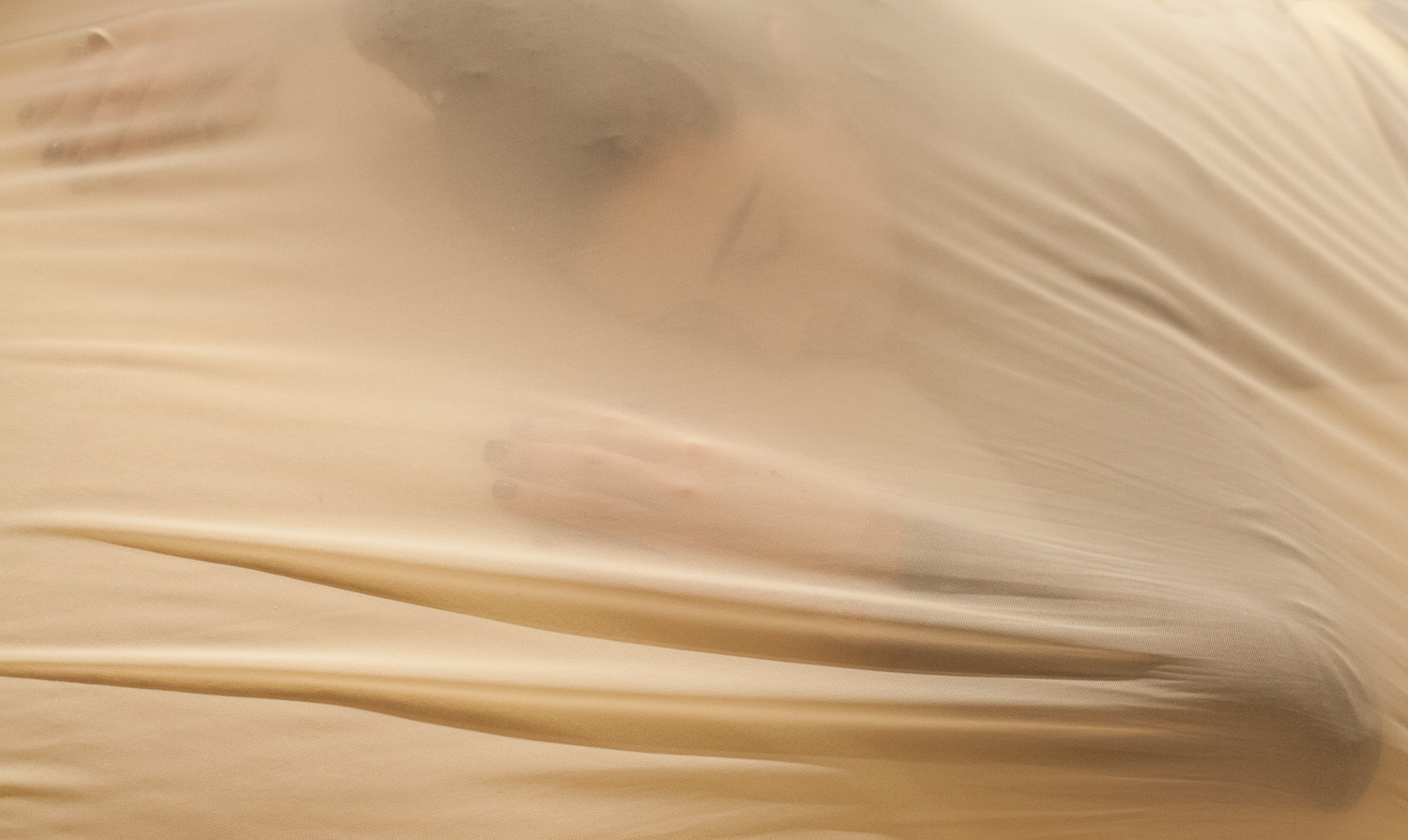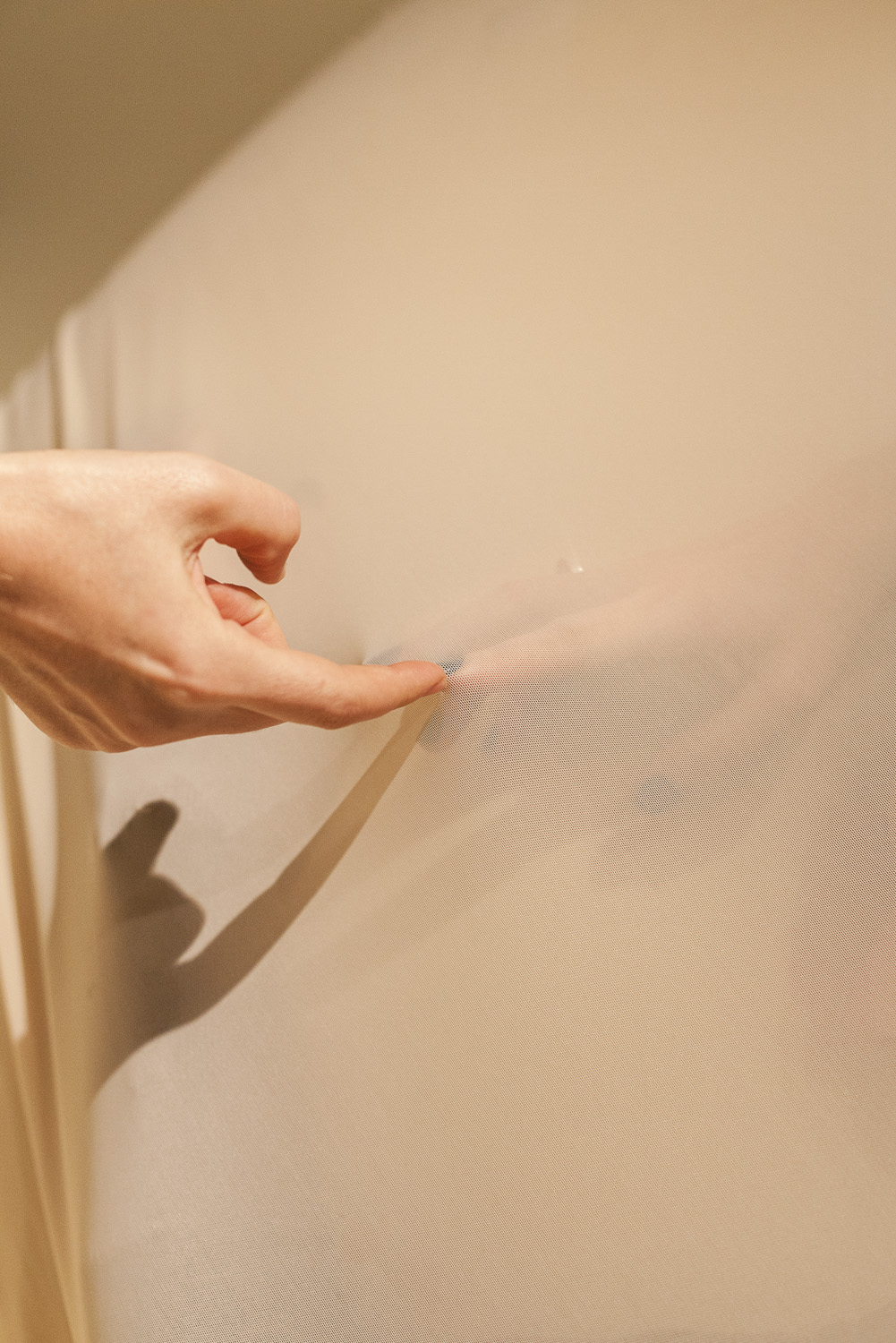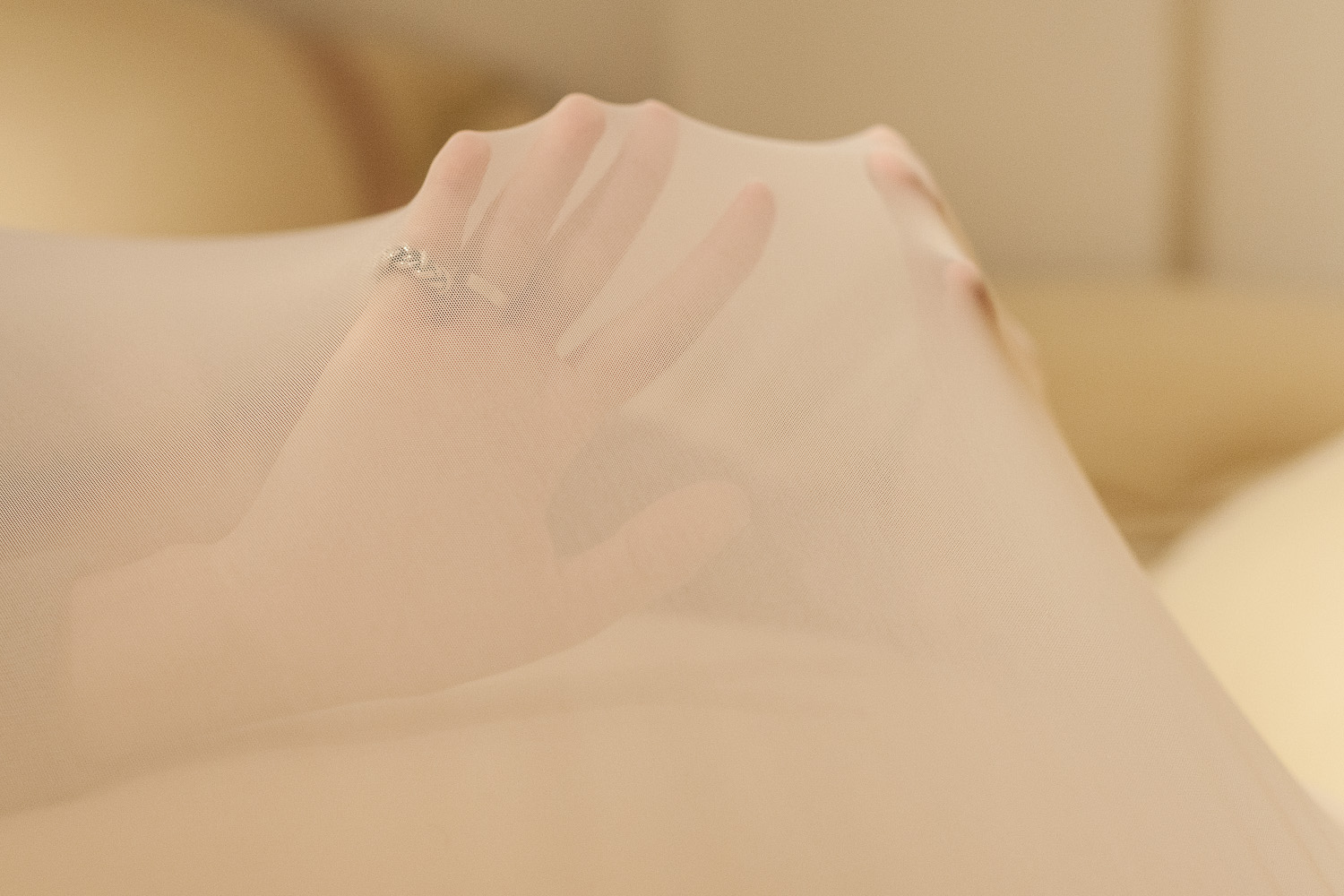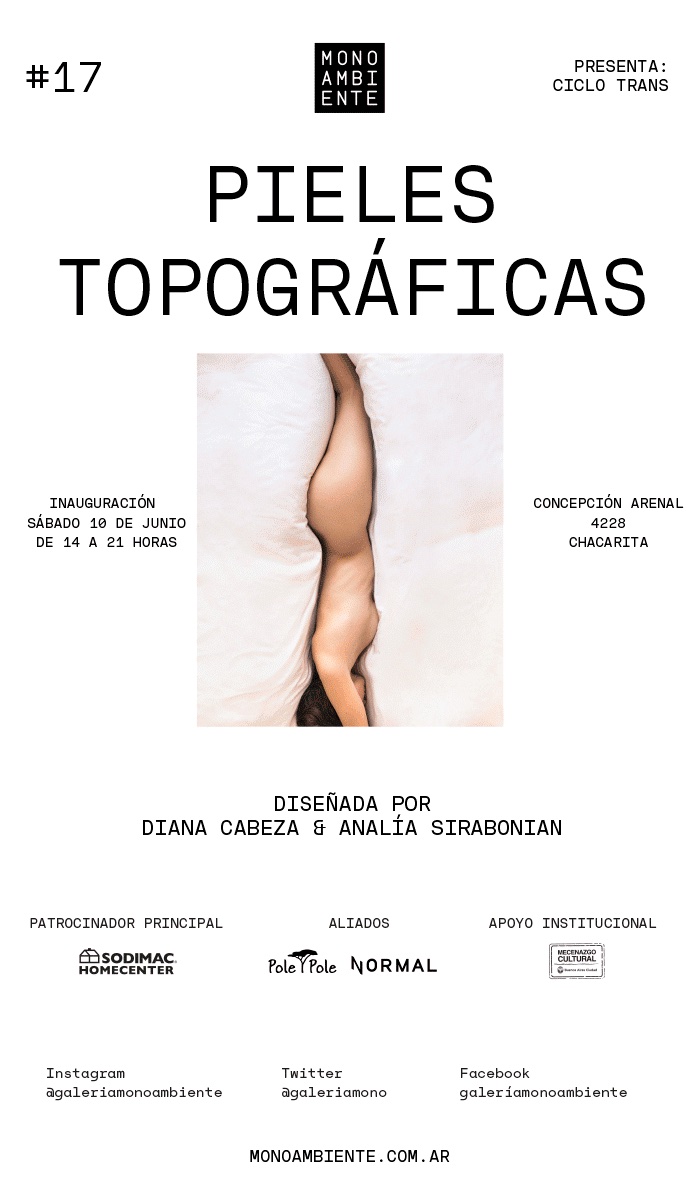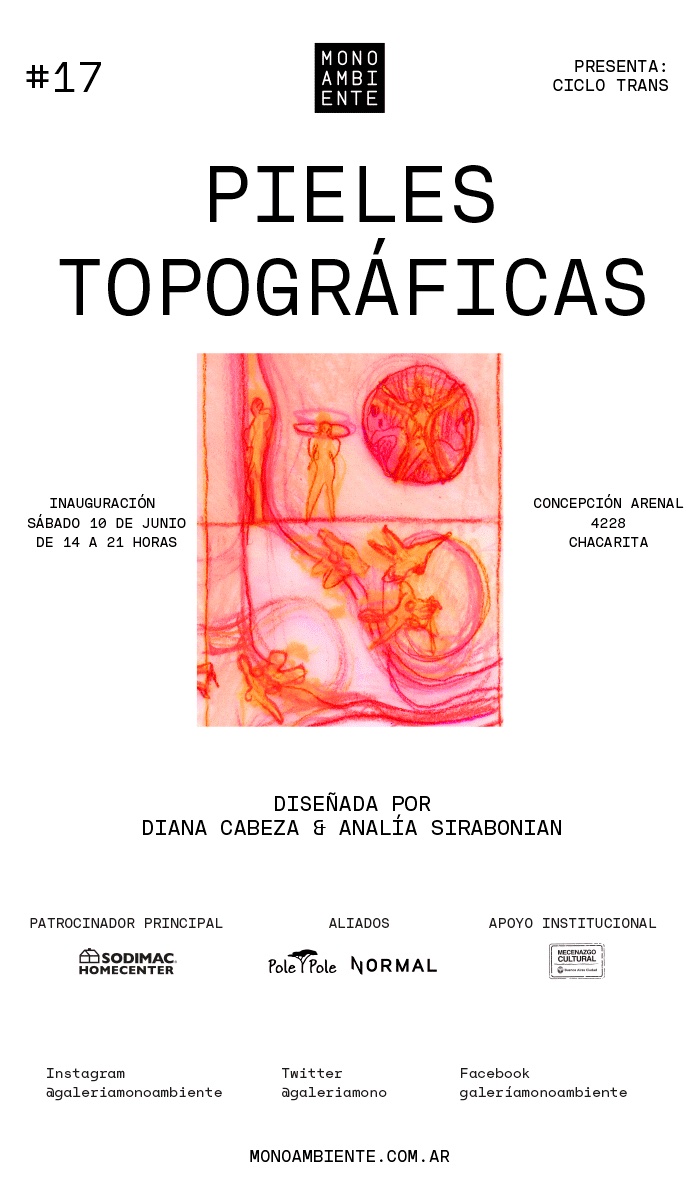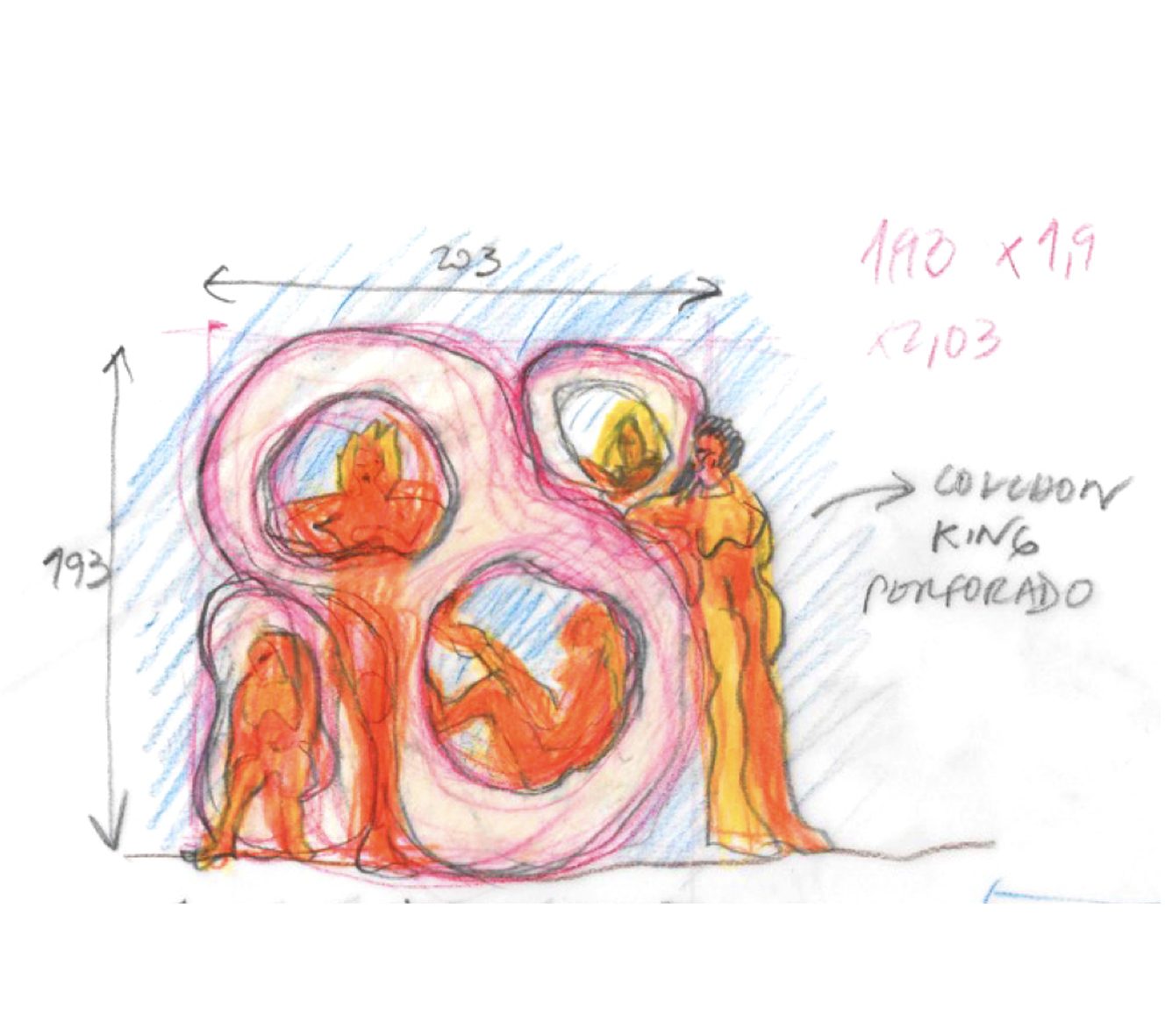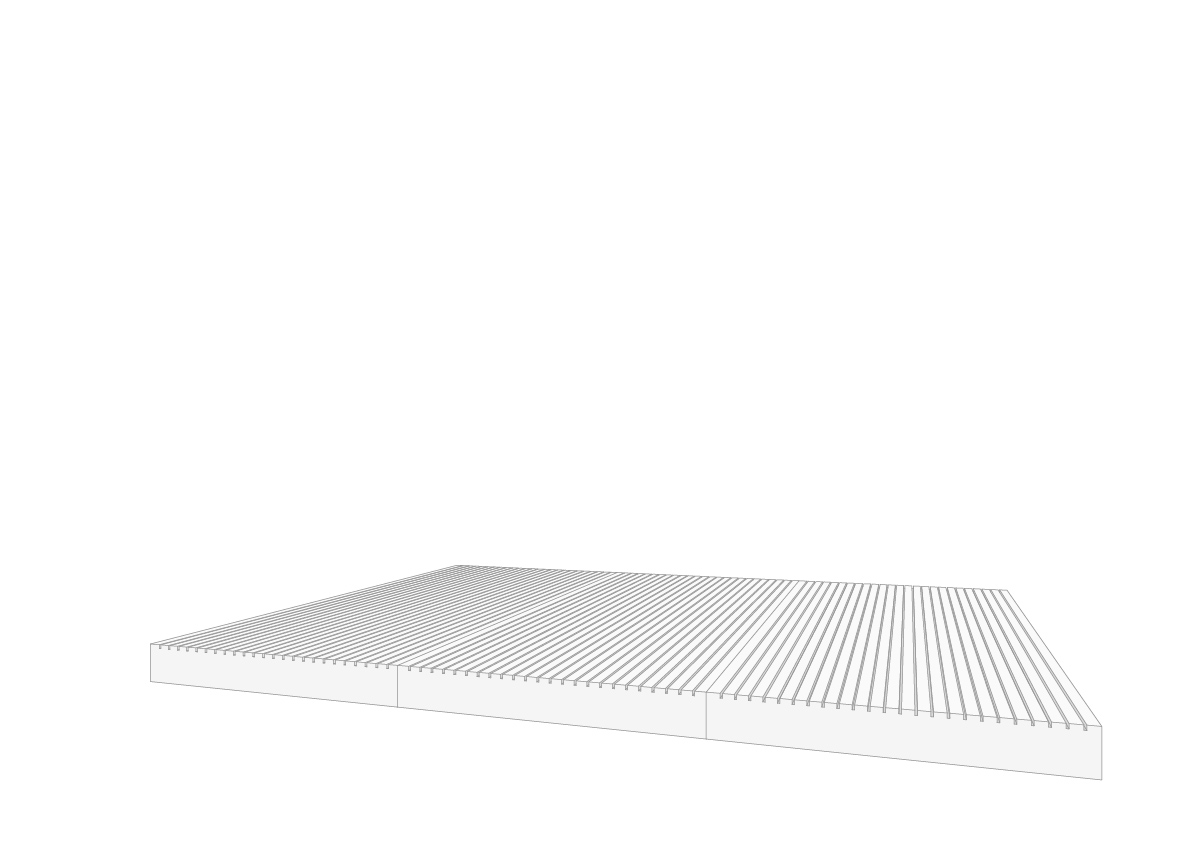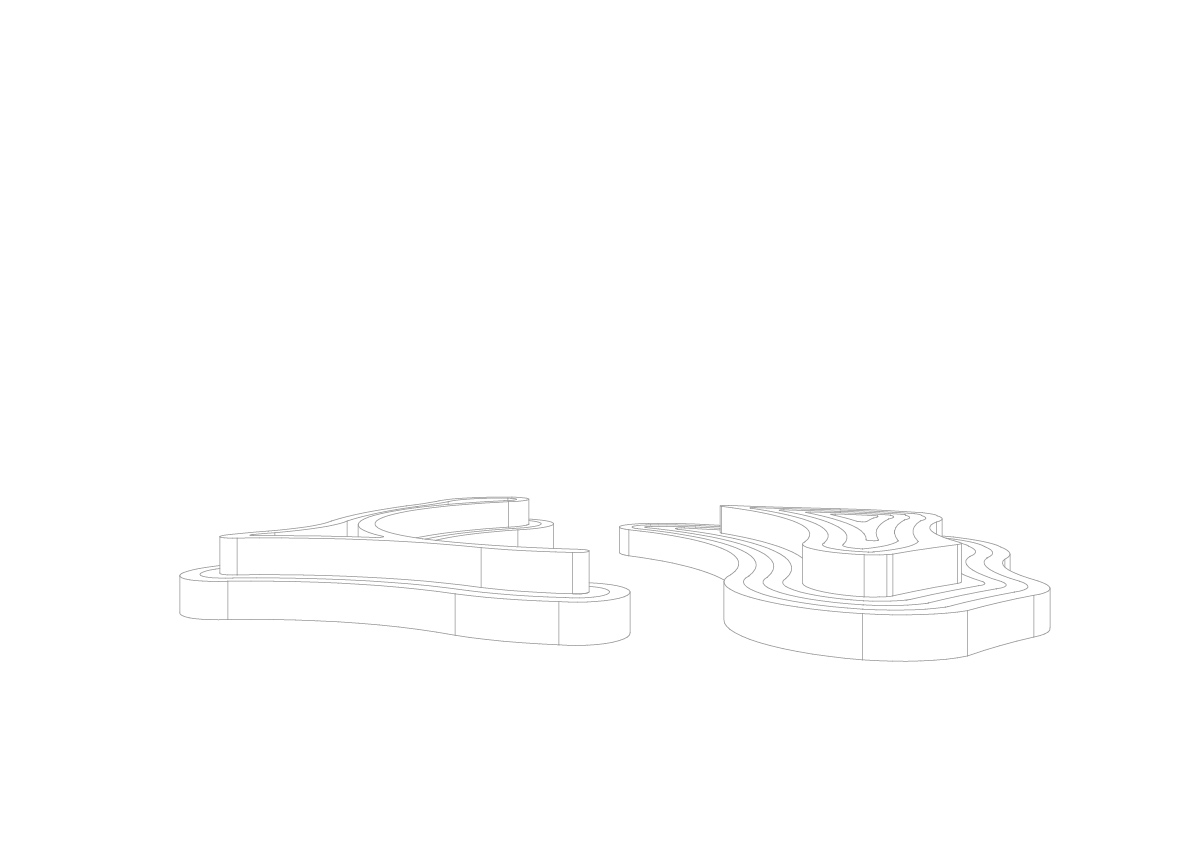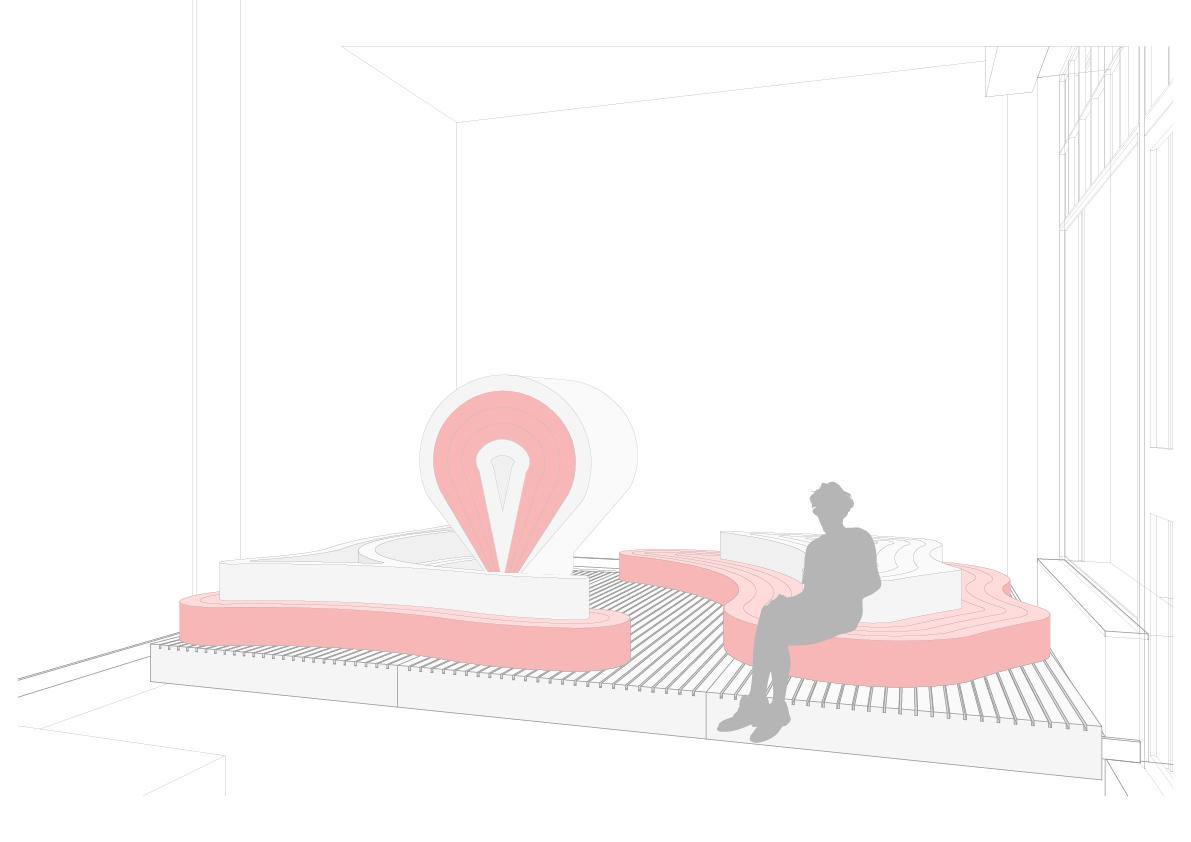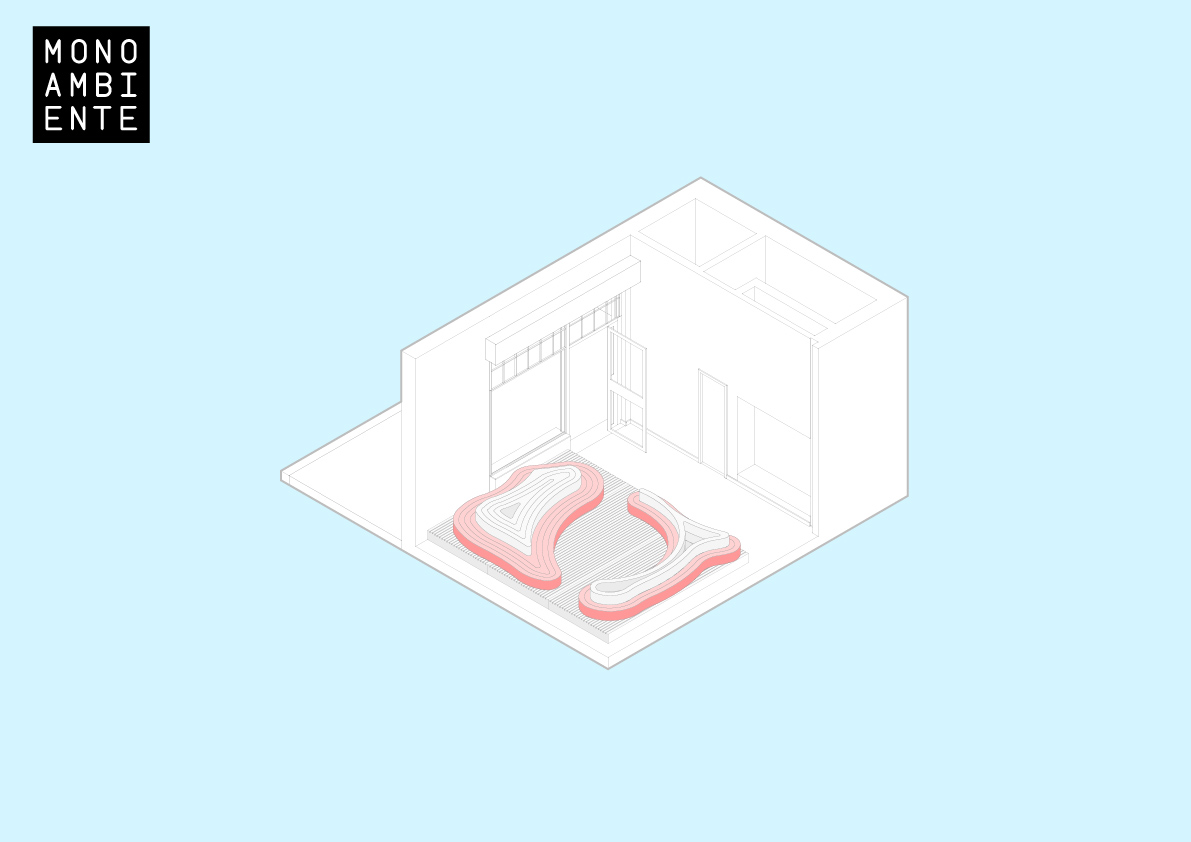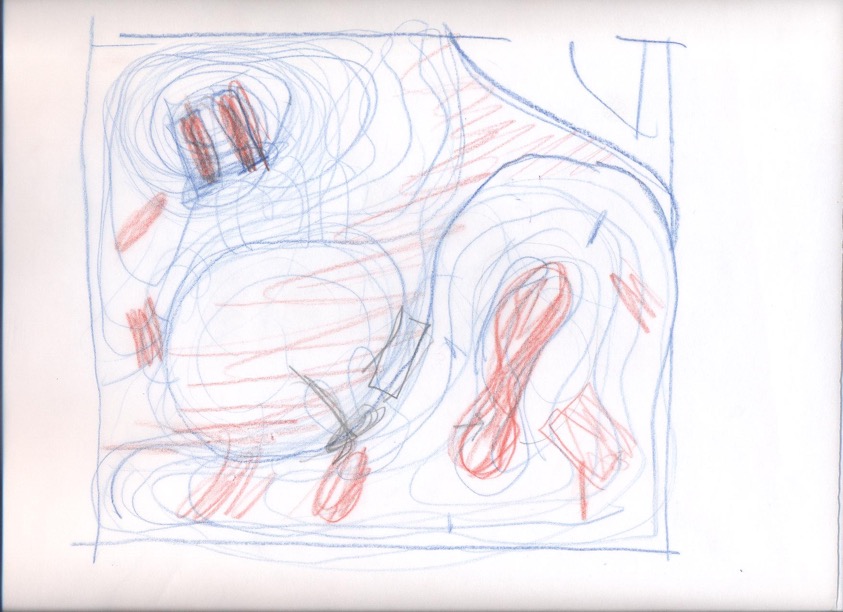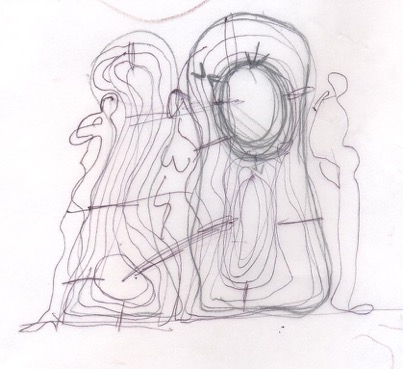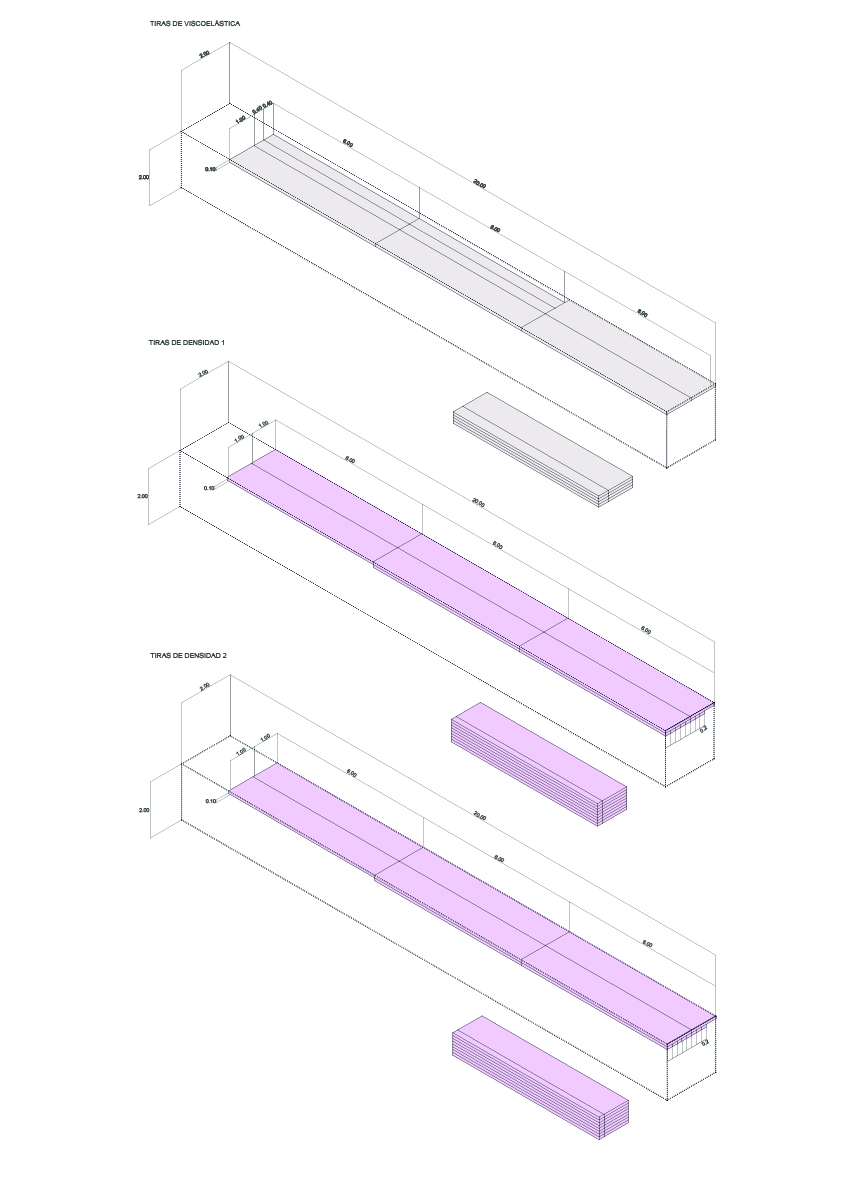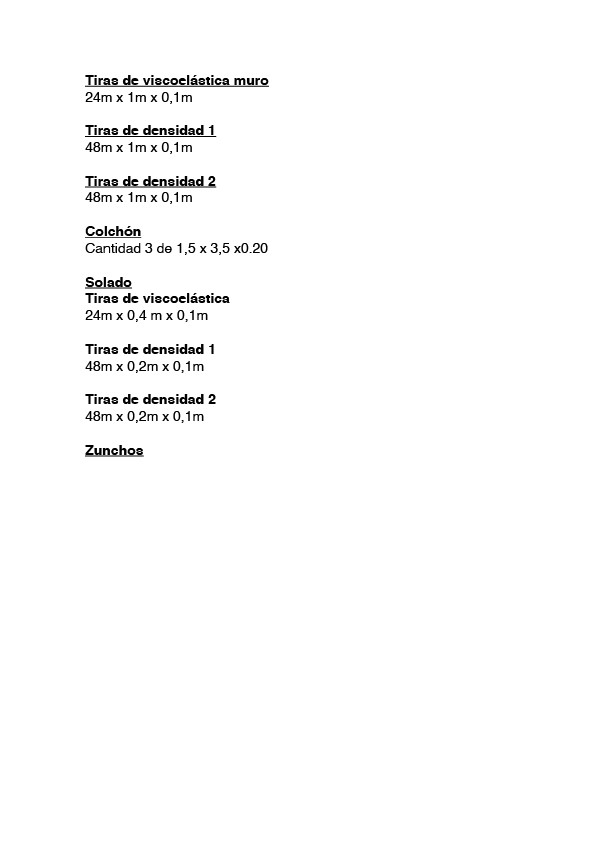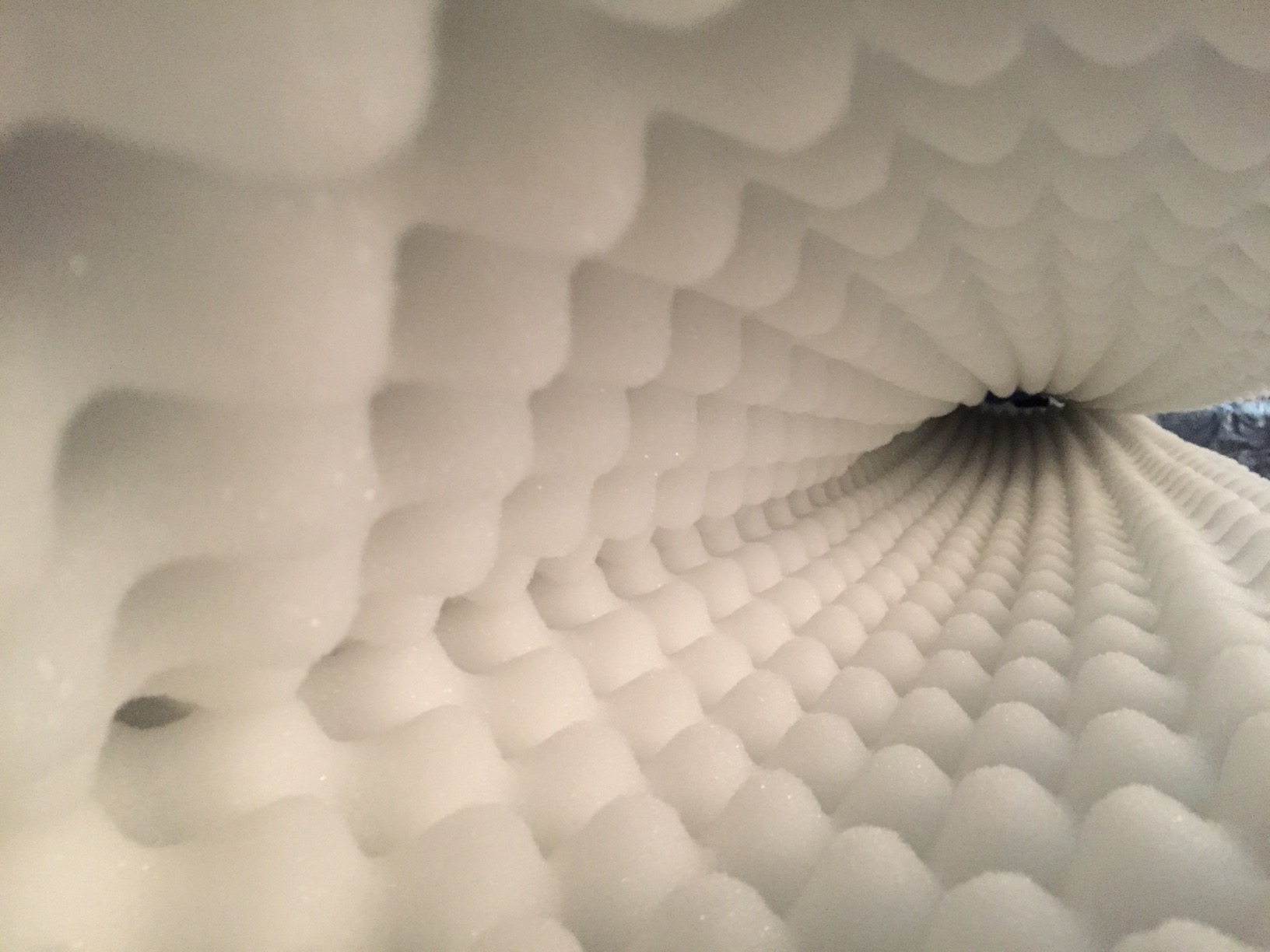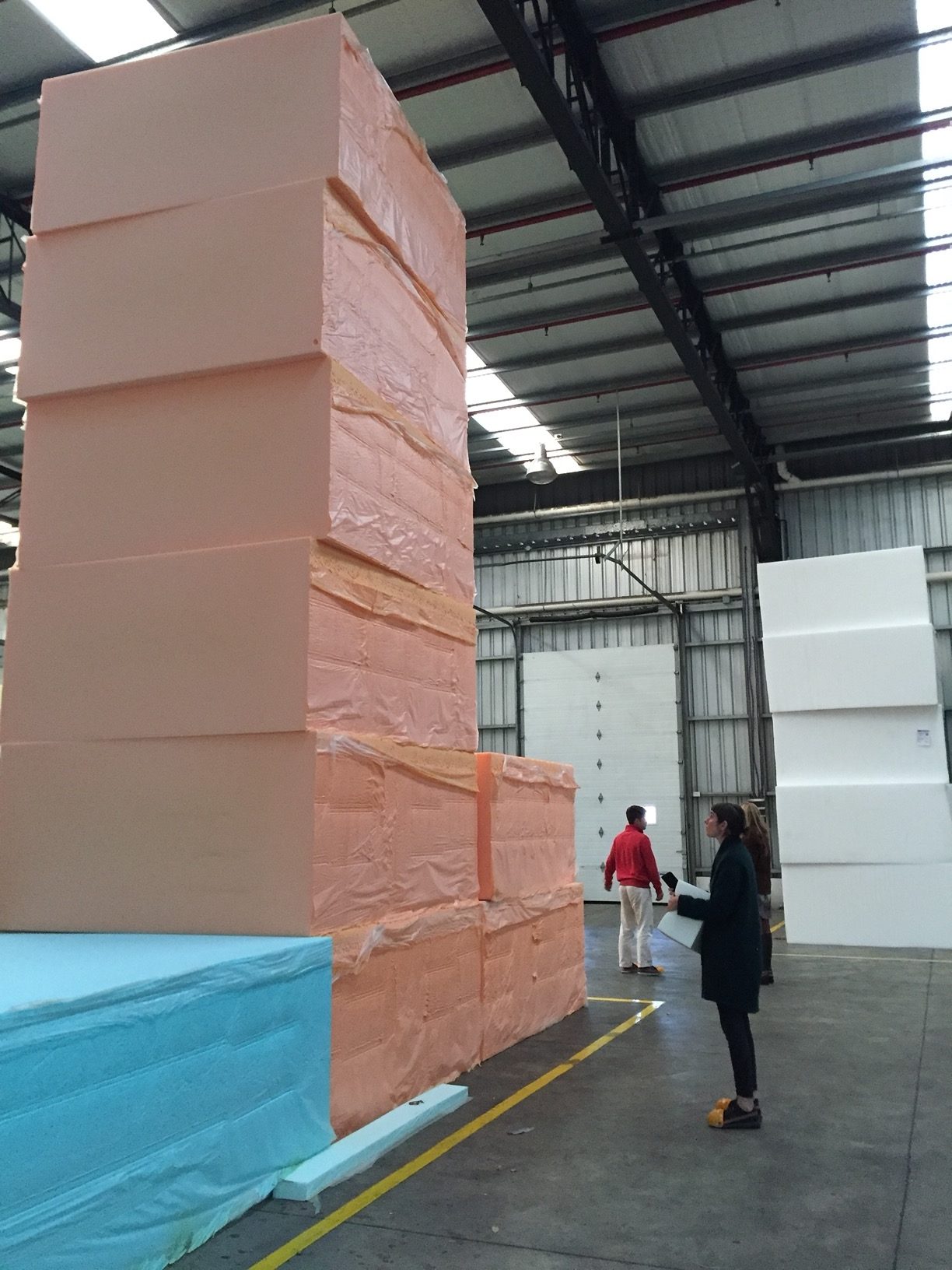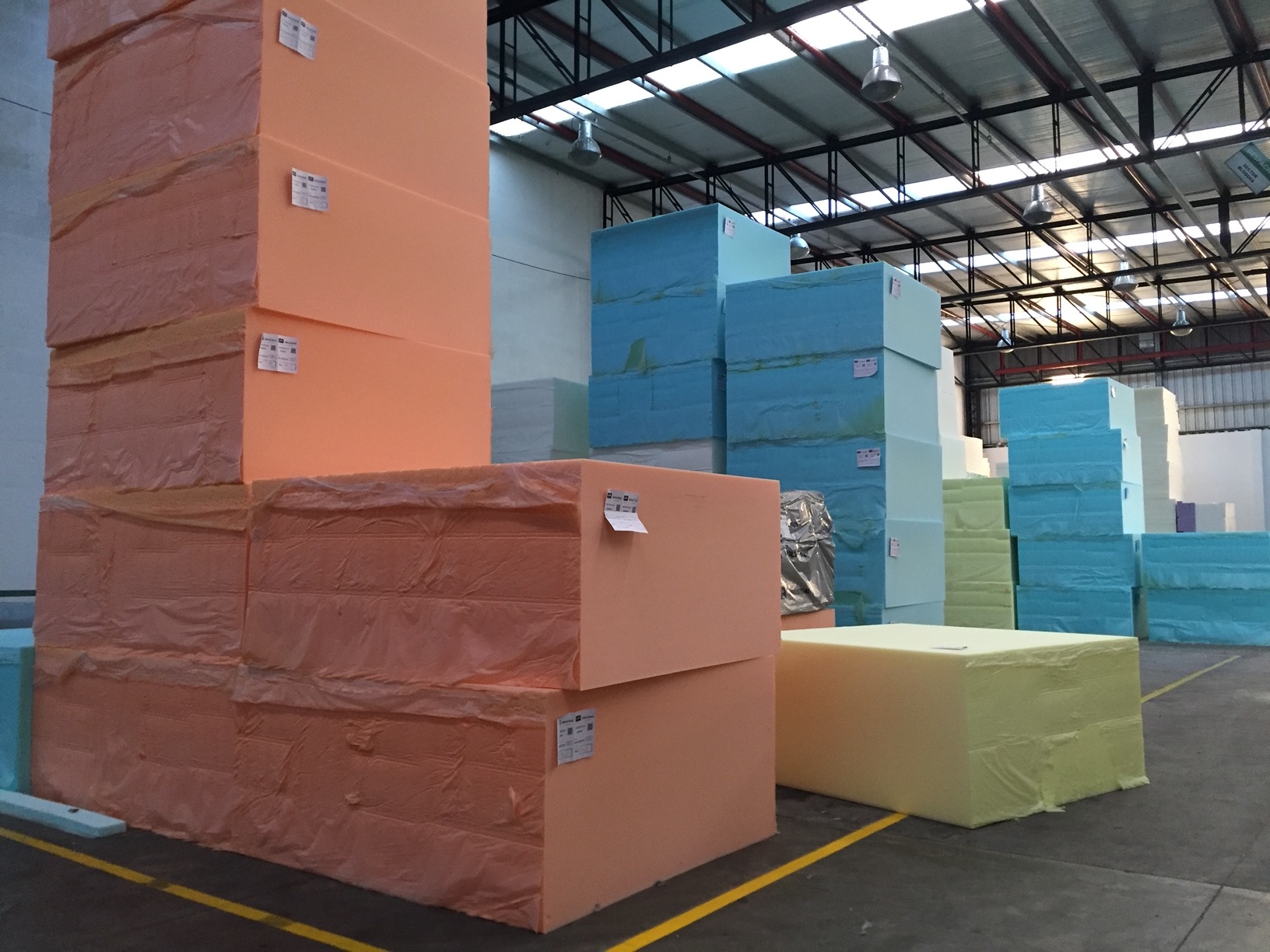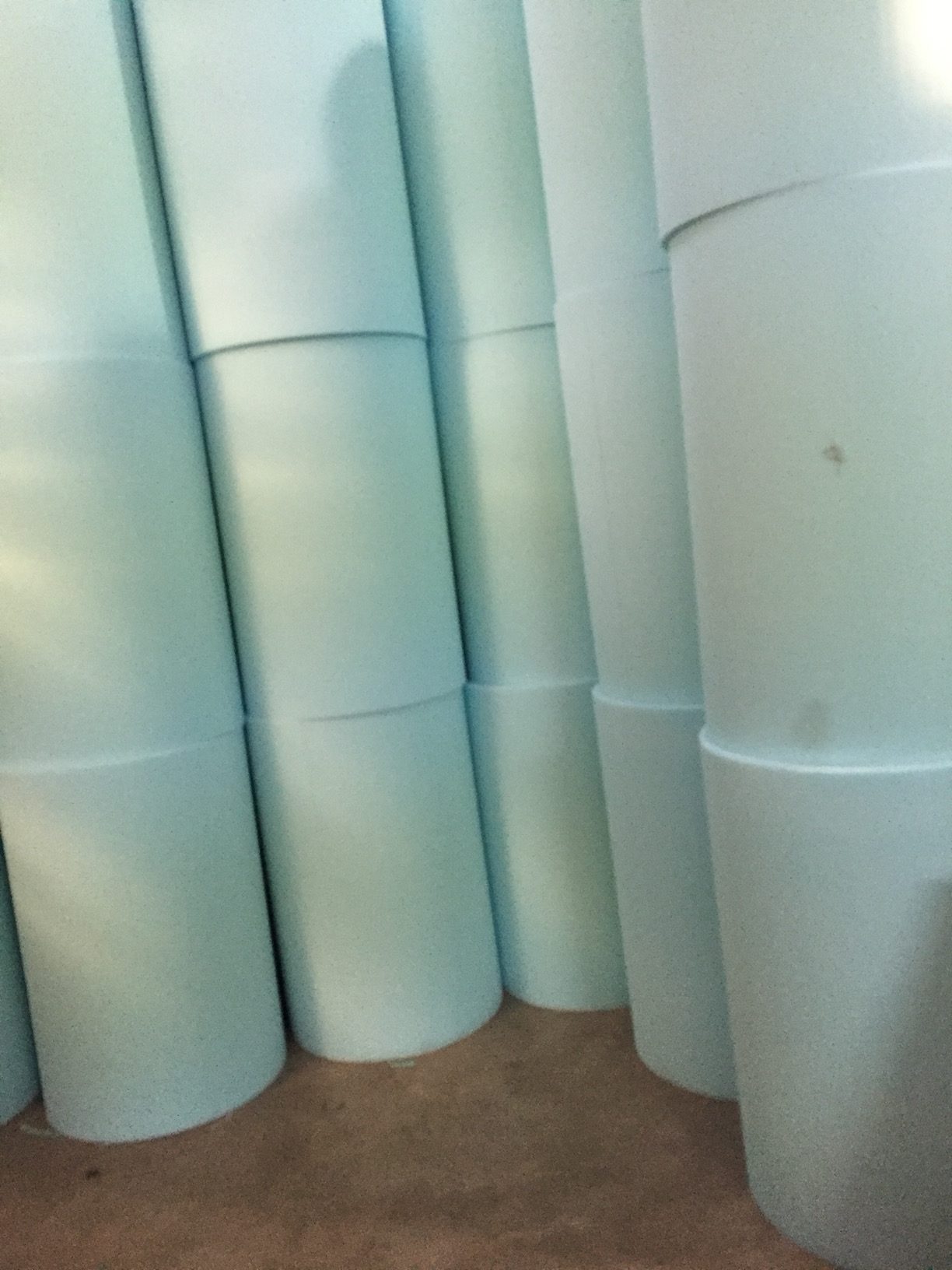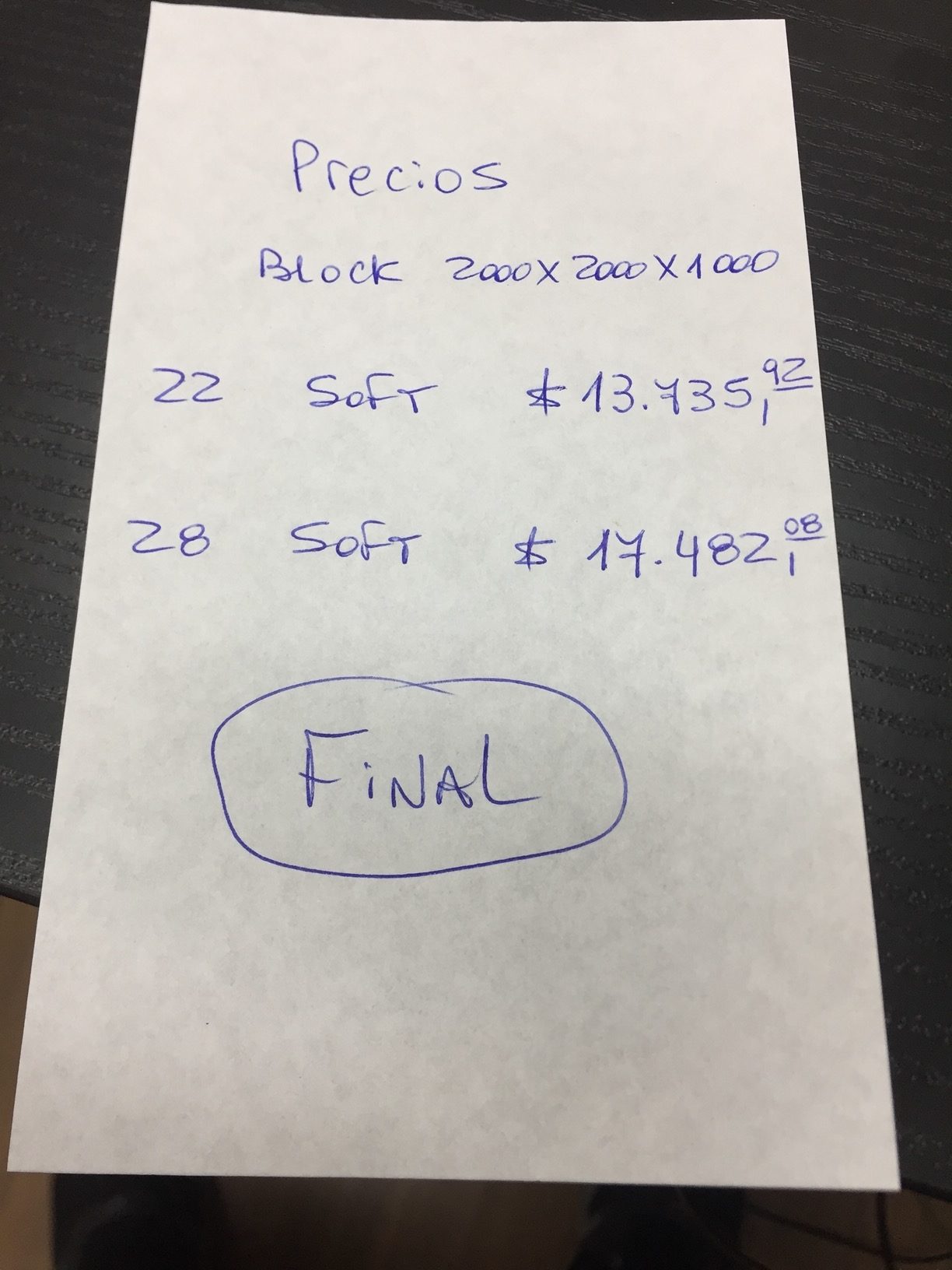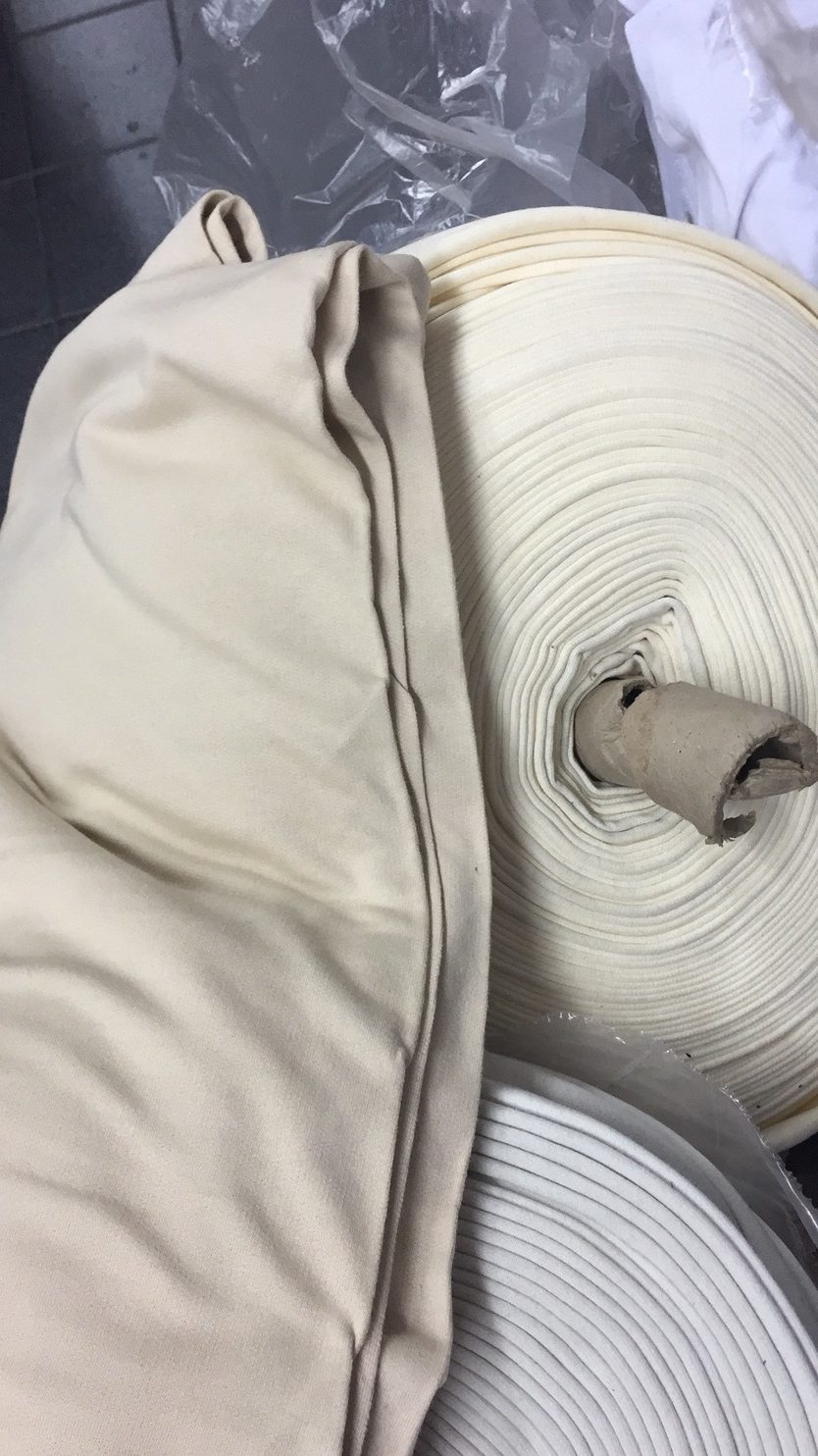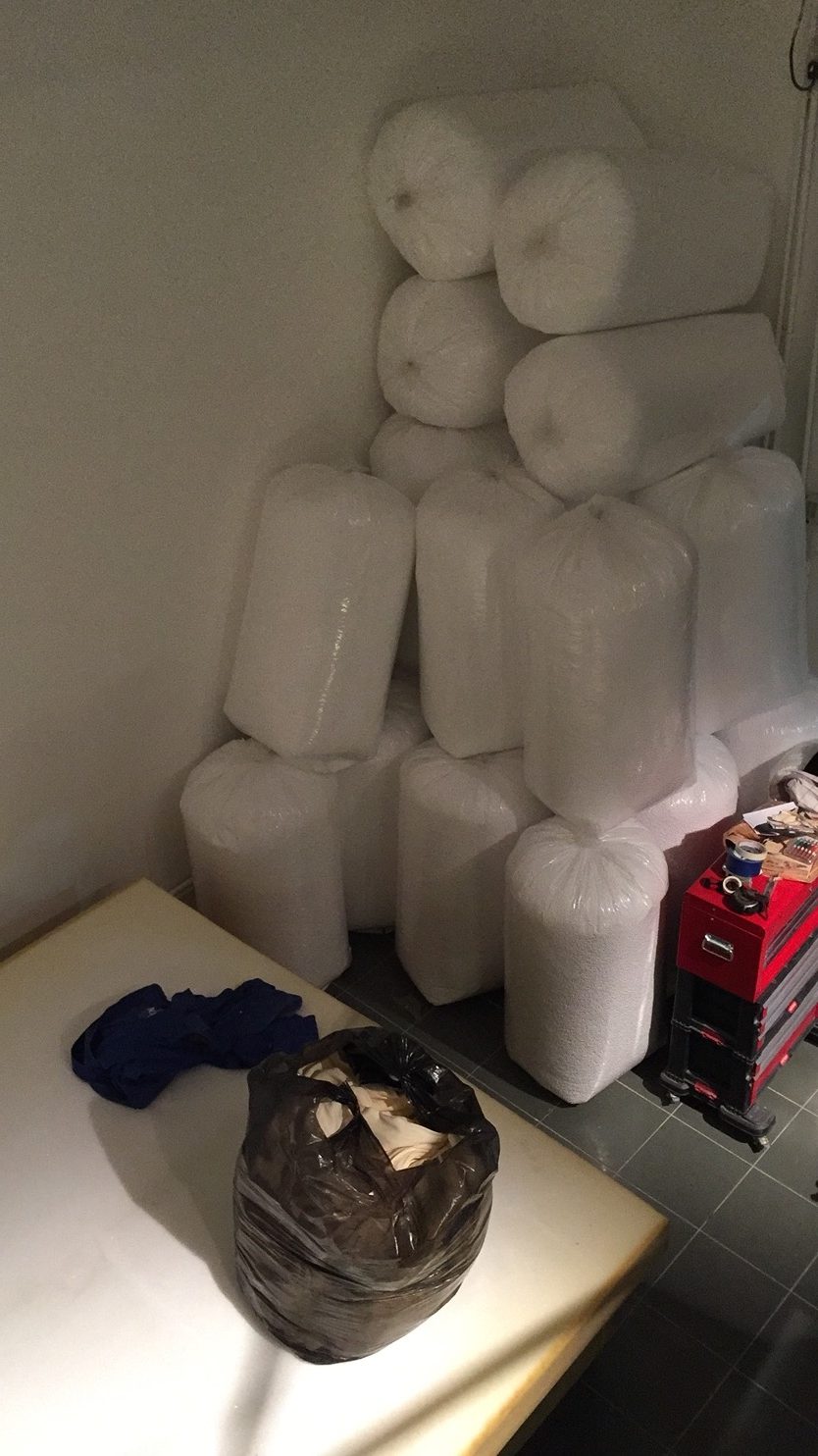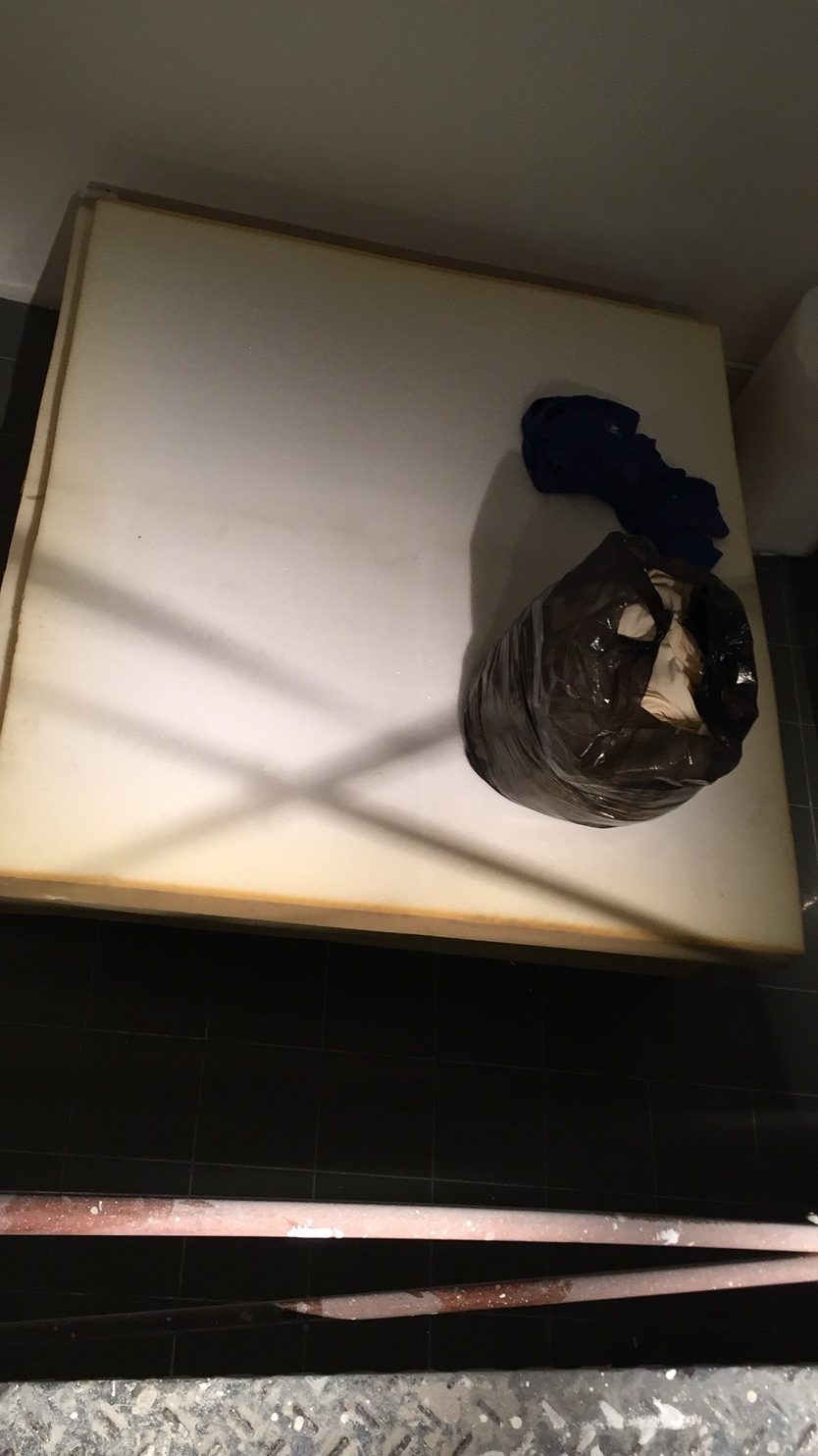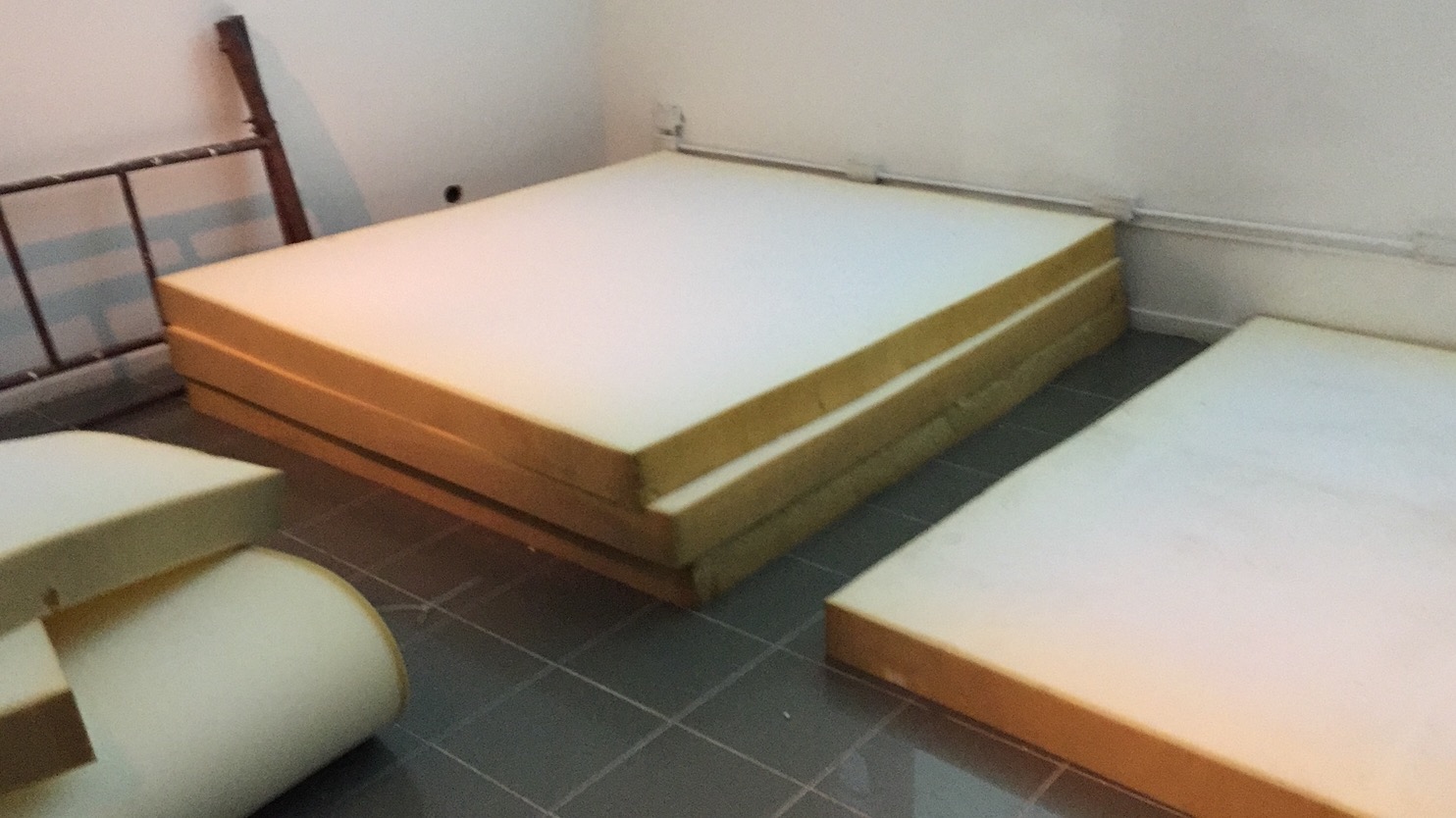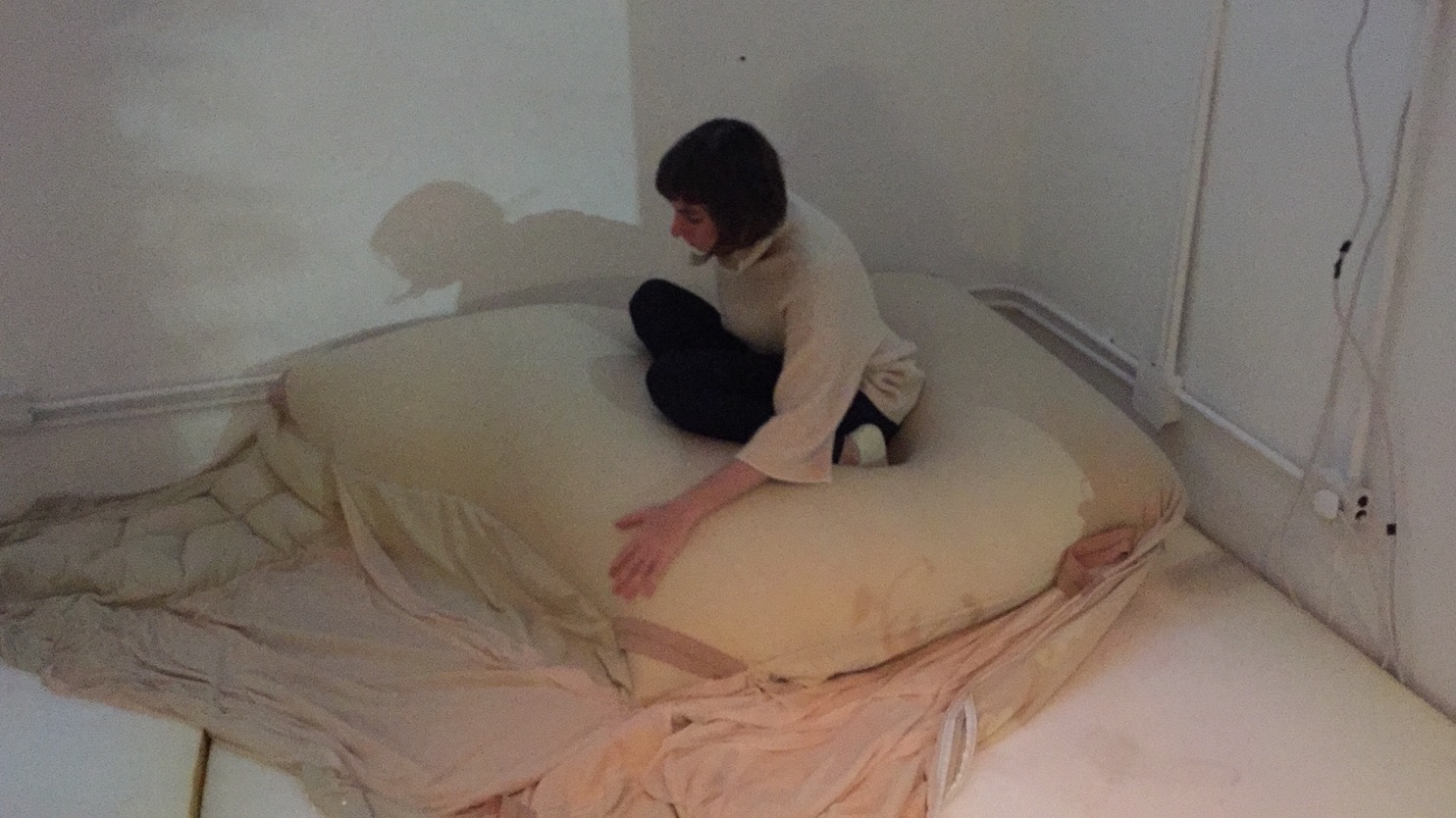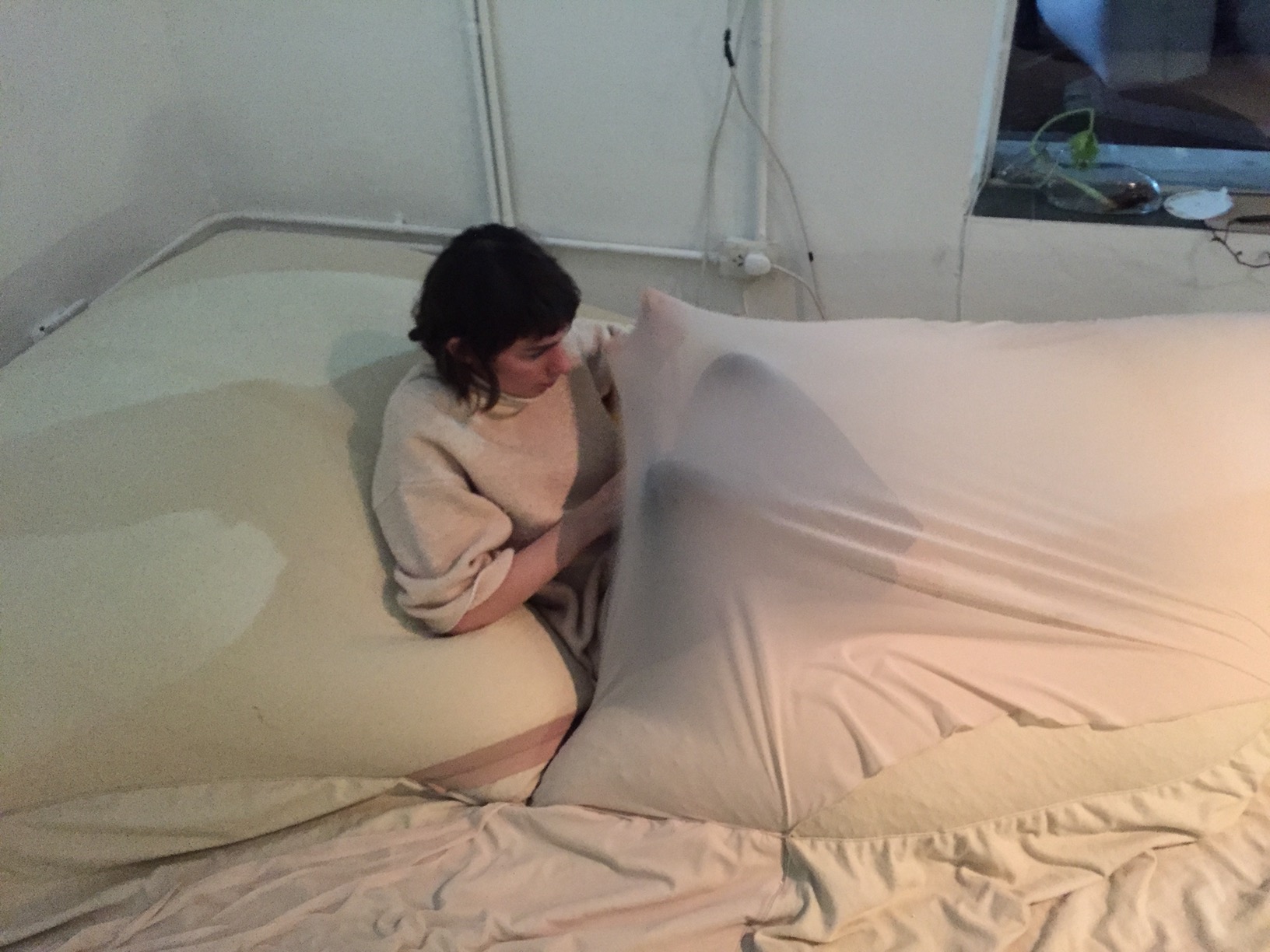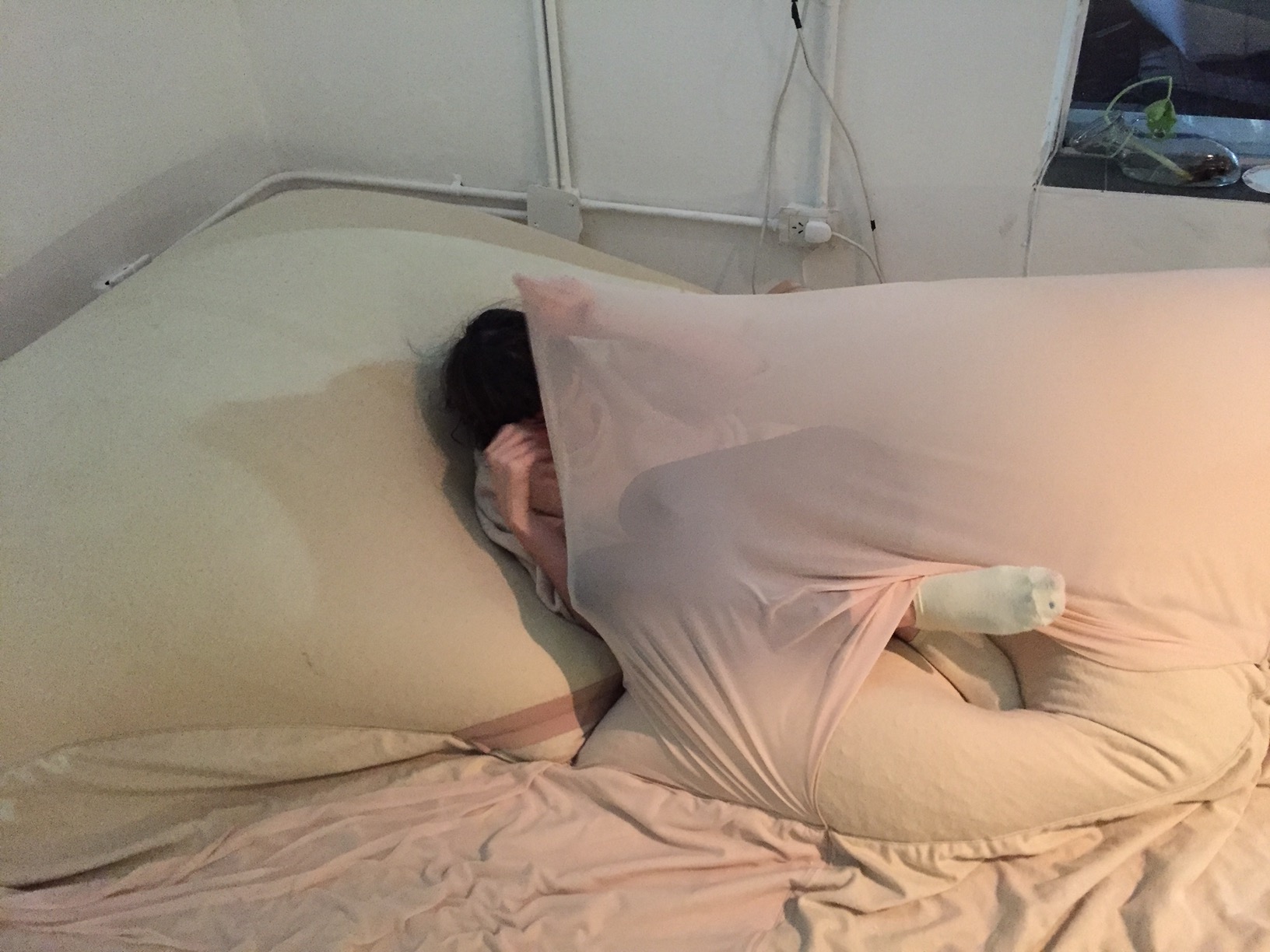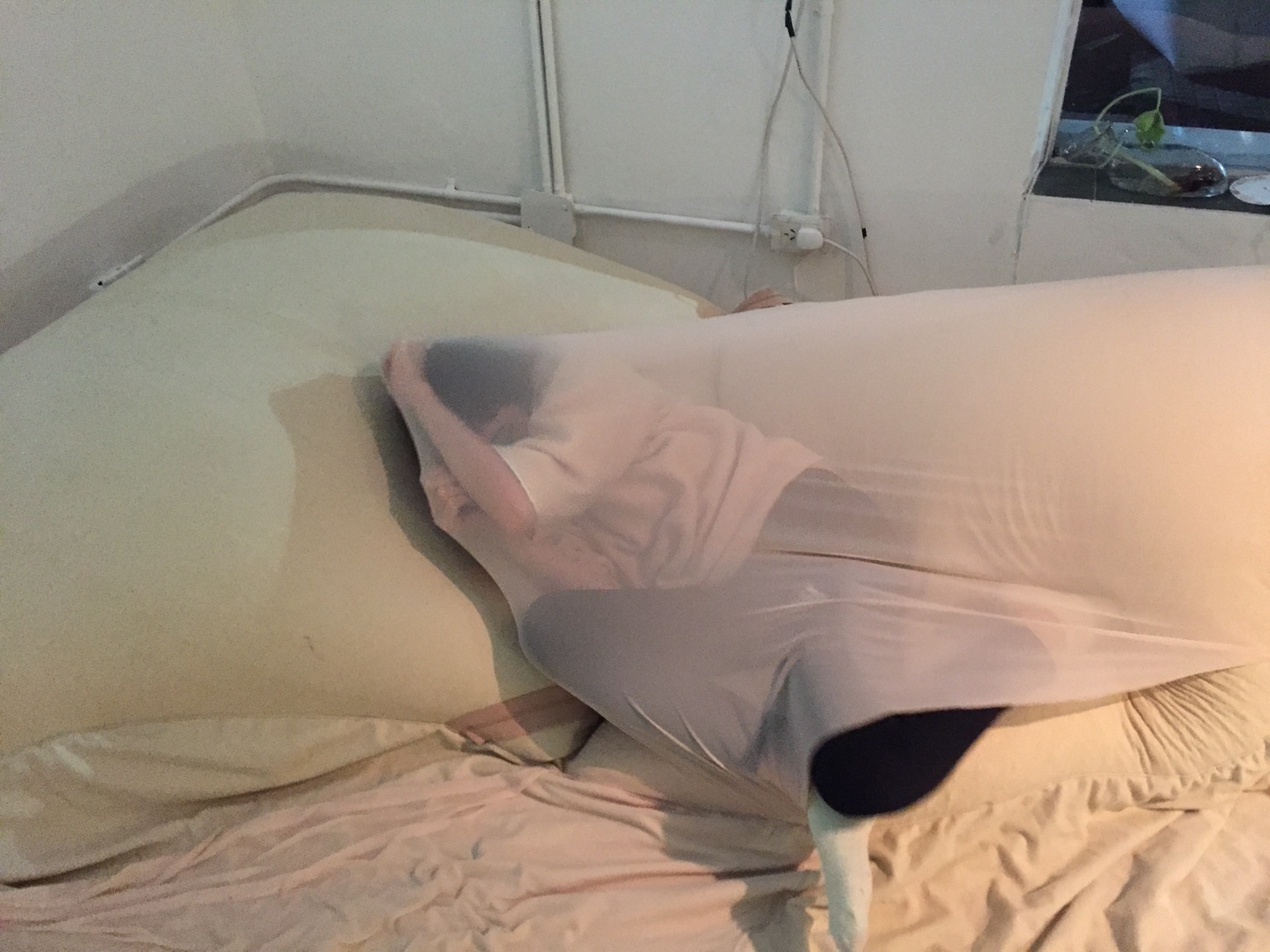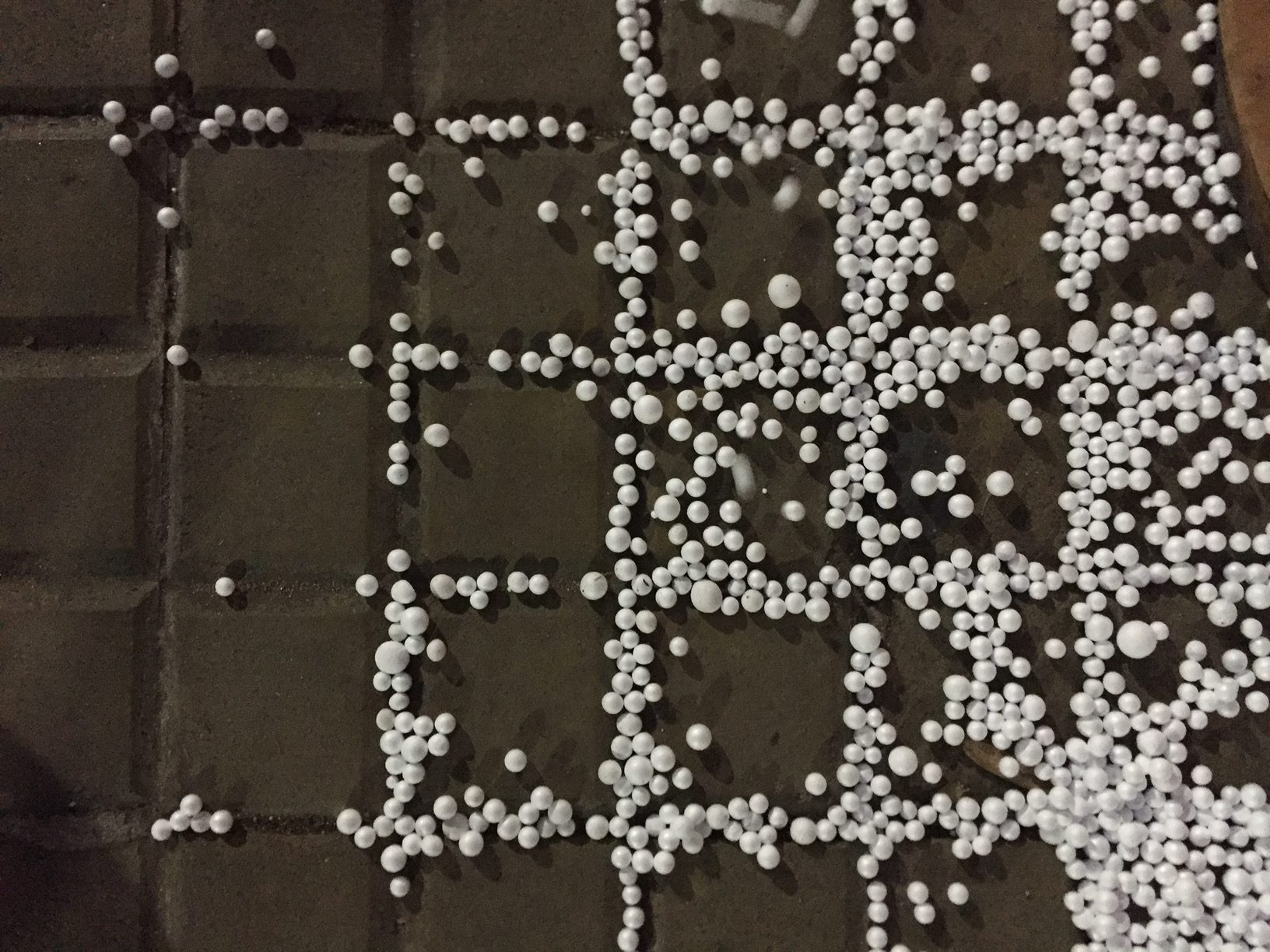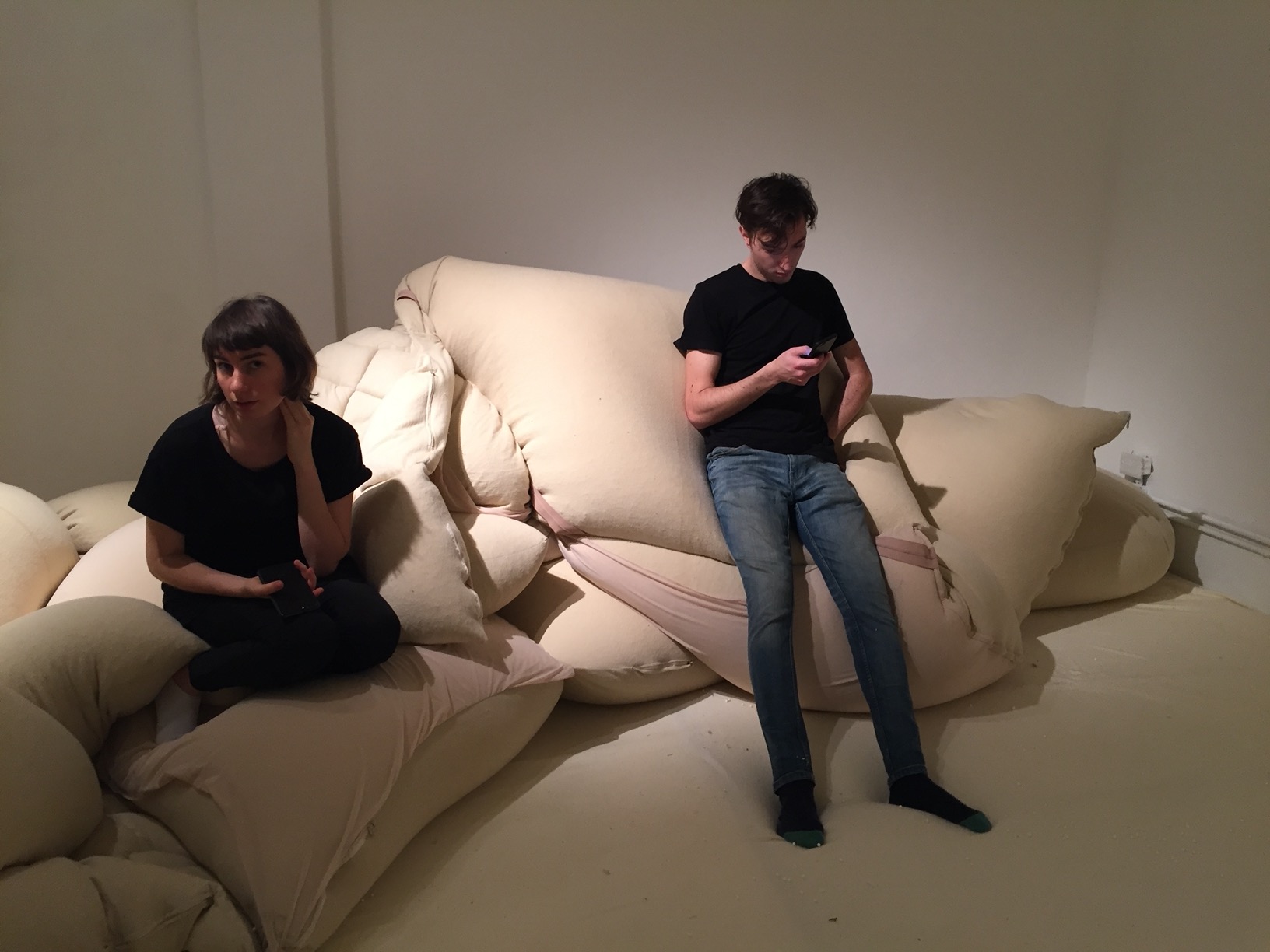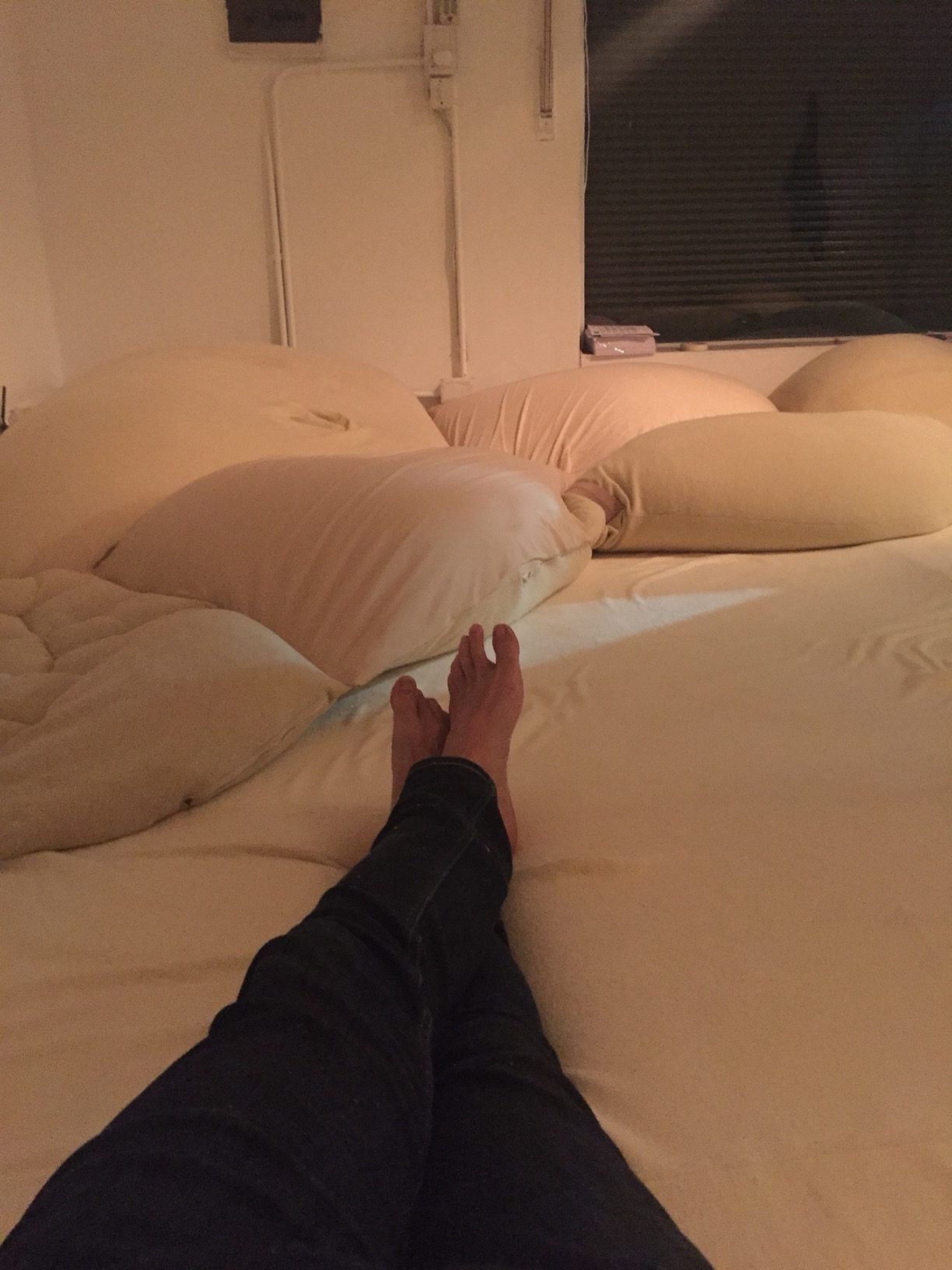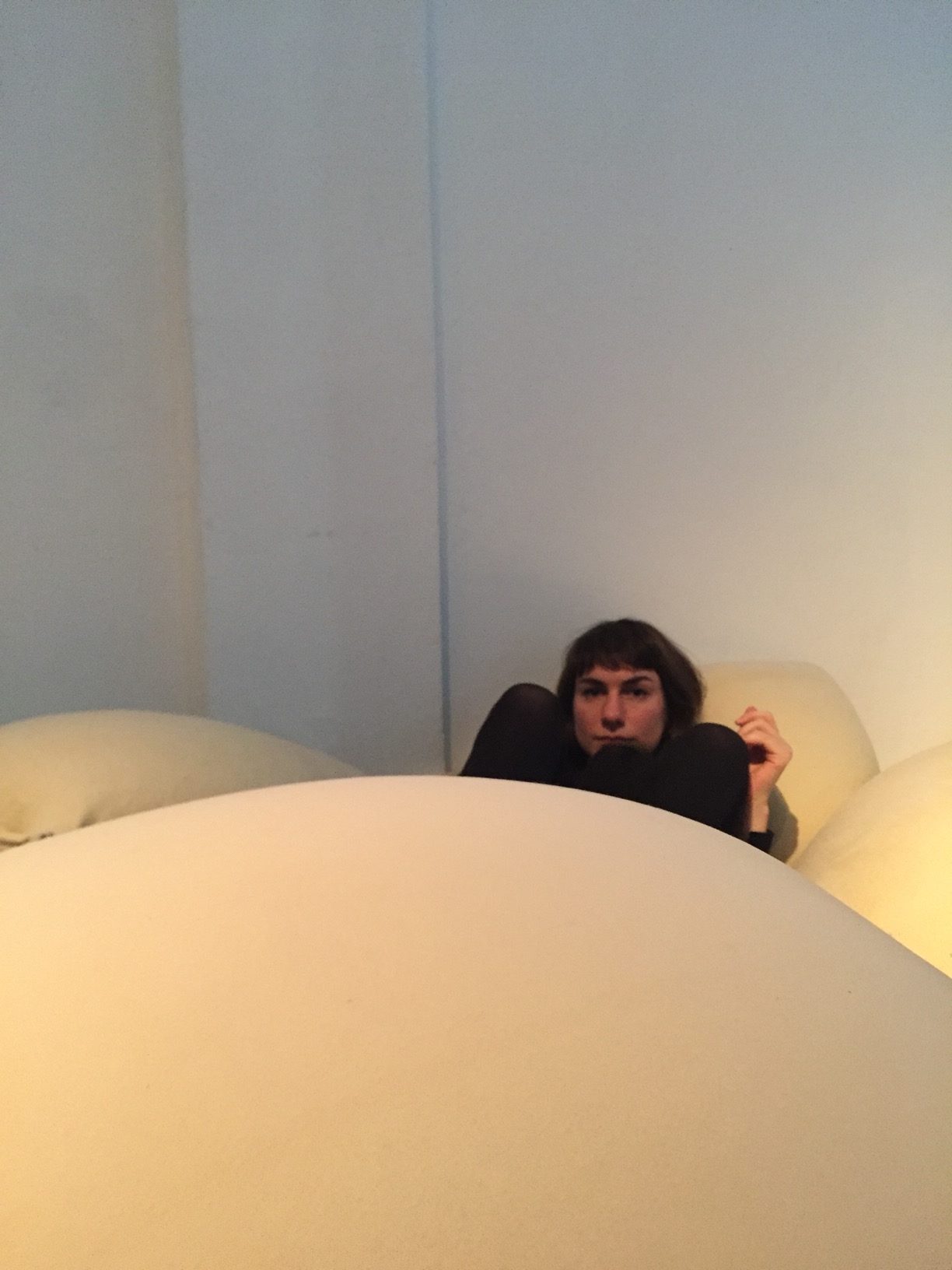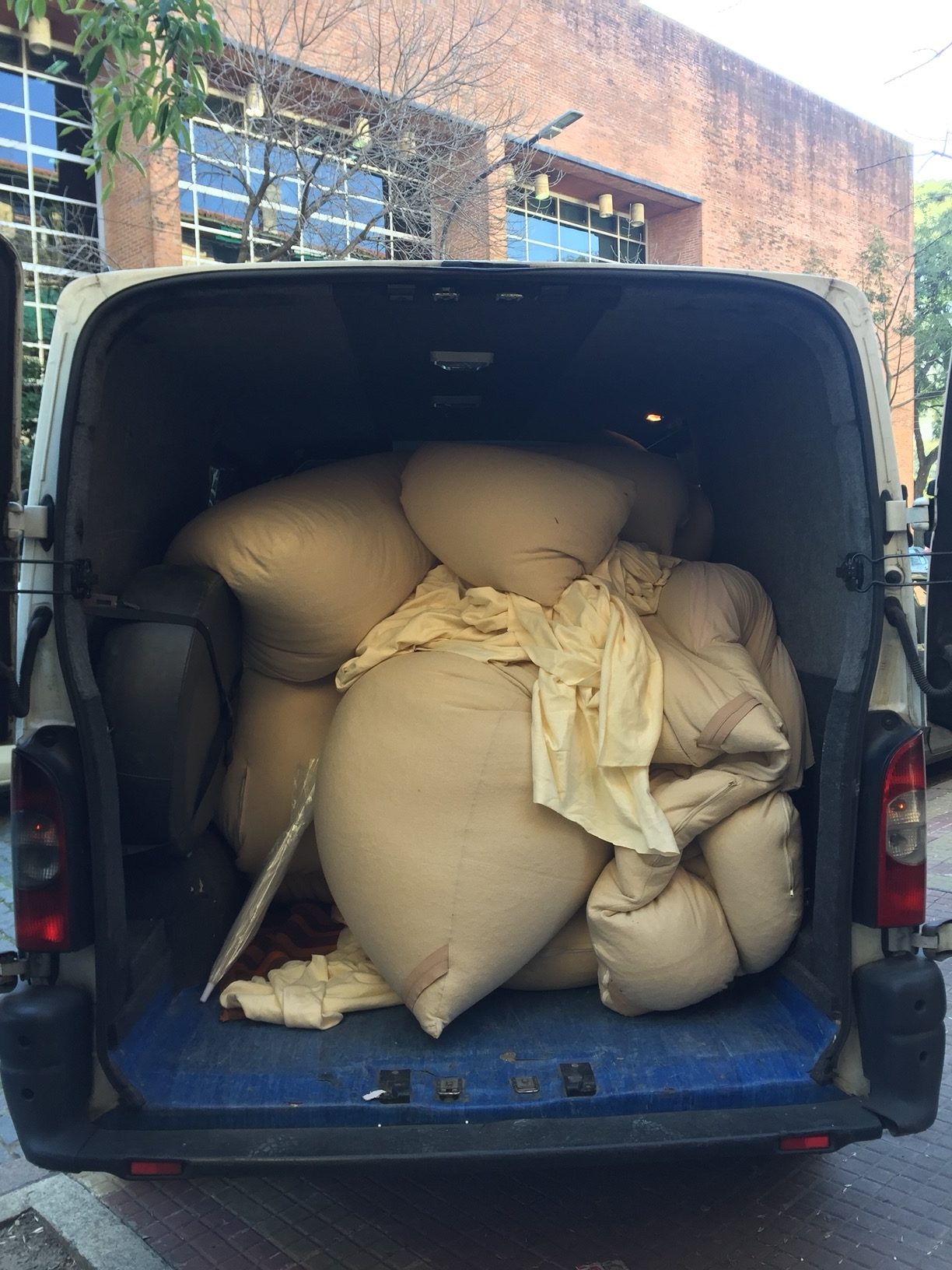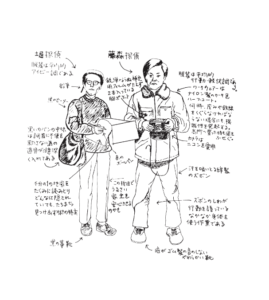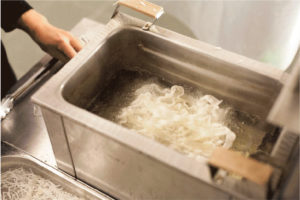Muestra 17
Pieles topográficas by Diana Cabeza & Analía Sirabonian
10/06/2017 - 11/08/2017
Monoambiente TRANS
Text curatorial by Martin Huberman
Exhibition #17 opens Monoambiente’s fifth season as a space for creation and outreach, but mostly for experimentation. Five years is about how long it takes, in Argentina, to finish professional school—and for me running Monoambiente has been a second course of study, an endless source of new knowledge and learning. I have had the “luck “ of working with some of the most amazing “professors” in the milieu.
If there is one thing I can single out in these five years of research, it is the importance of encounters with others as engine of creativity. Monoambiente’s point of departure was a single rule, one arbitrary and undoubtedly jarring: the venue should be used for joint projects. We have never housed solo shows, but fostered shared constructions—sometimes independent and sometimes symbiotic—that were able to forge a model that goes beyond the idea of a work in the tradition of the discipline.
On its fifth anniversary, the gallery’s annual curatorial work focuses on this aspect of the venue as meeting point. Its title is TRANS, the prefix that refers to the idea of connecting parameters while also redefining them in a vague field. It is encounter—with a person, an idea, or the space itself—that allows one to transcend, to cease to be oneself and become part of an undefined whole.
Topographic skins, the intervention designed by Diana Cabeza and Analía Sirabonian for Exhibition #17, is a clear example of the trans-disciplinary and trans-generational—and even transformative (to take the prefix to an extreme)—mission of space as engine of encounter with the other and of redefinition of the self. In its very conception, their intervention proposes an intrinsic relationship between object and user through the amalgam of skins. It is a sort of orgiastic celebration where space and user come together as one in a human-material topography. The intervention celebrates human nature and its drive to make in order to make contact and, therefore, to be.

